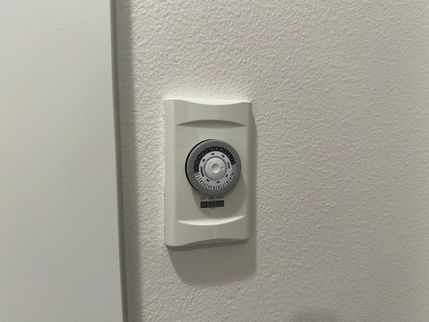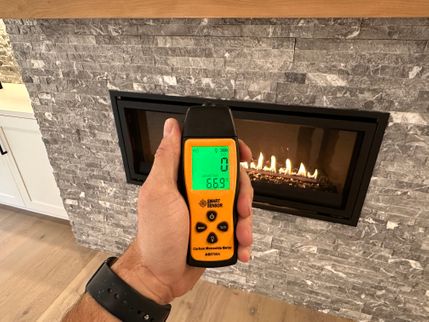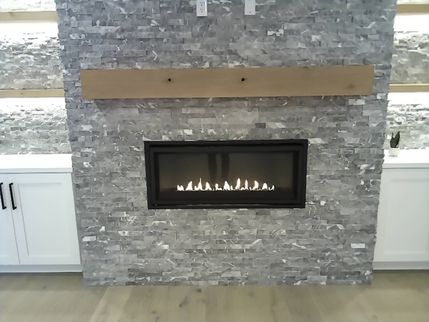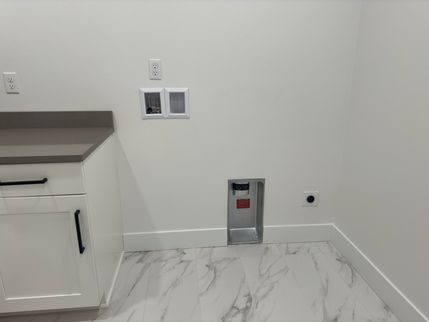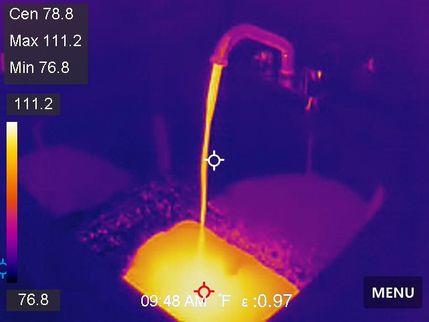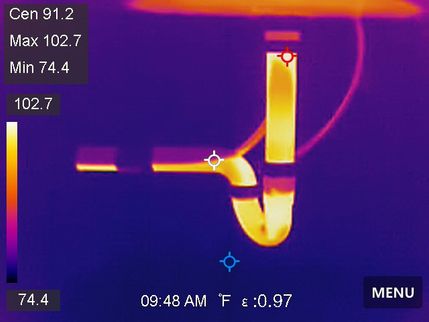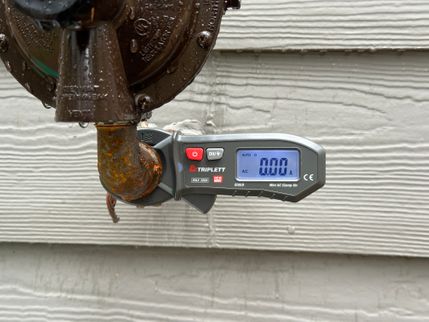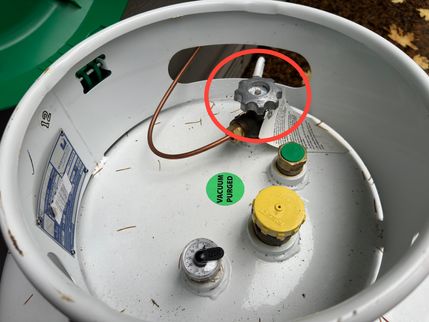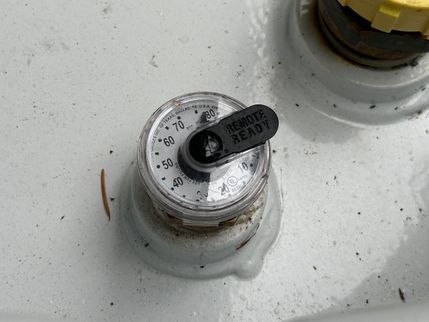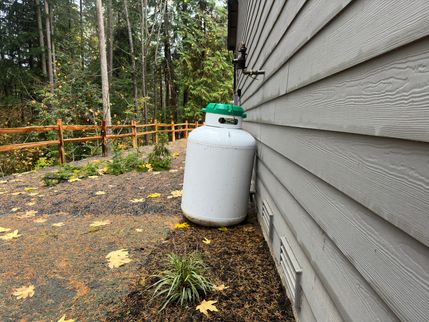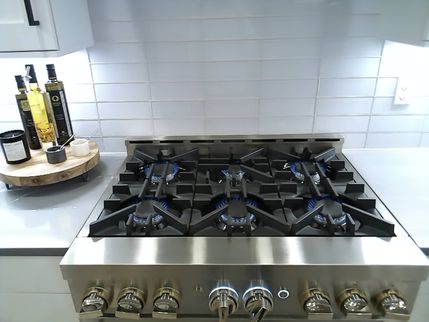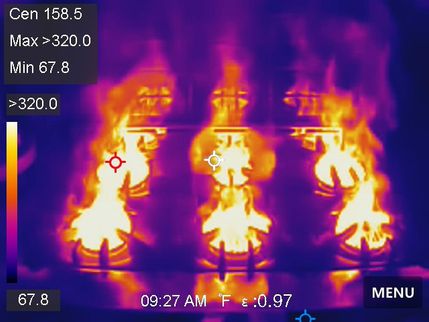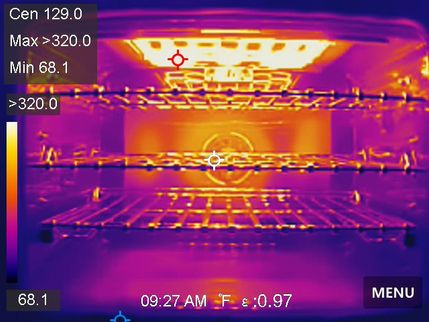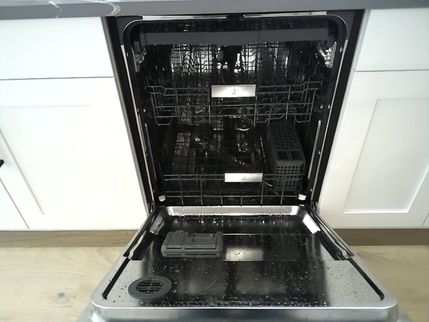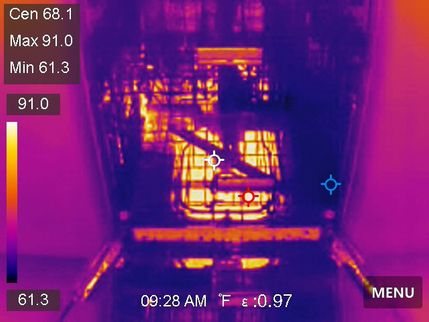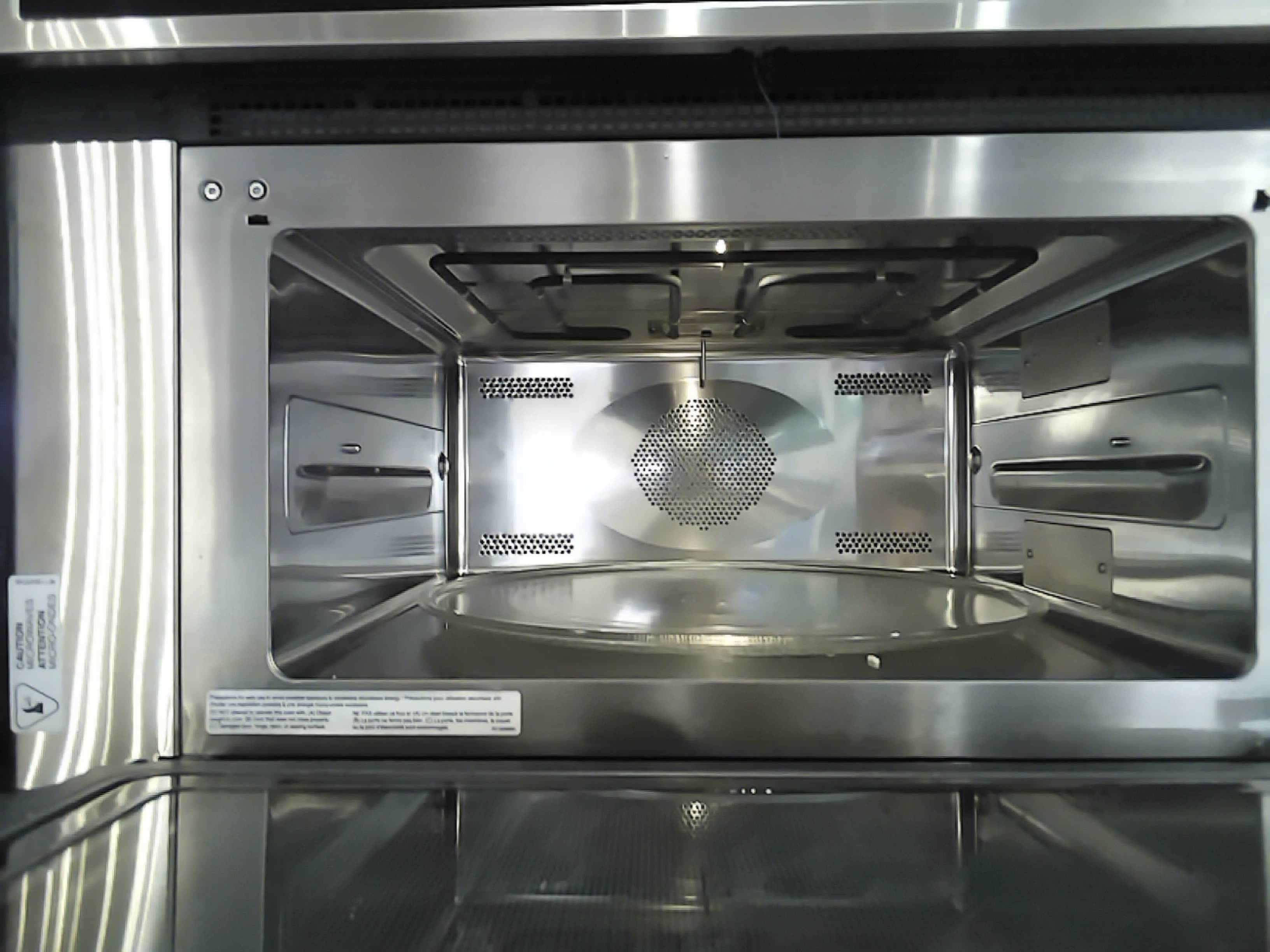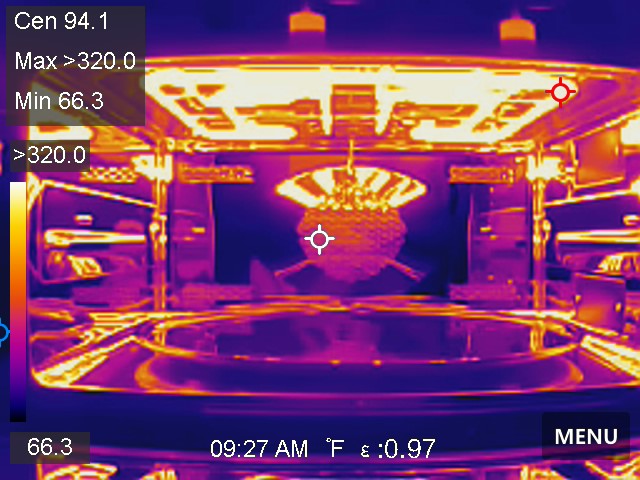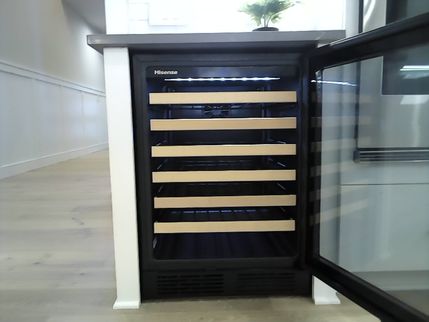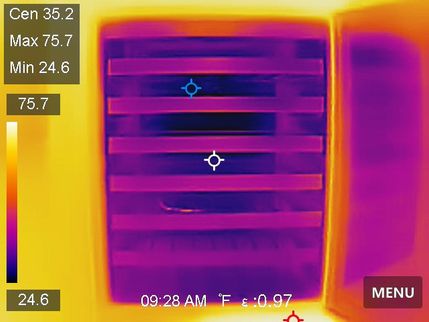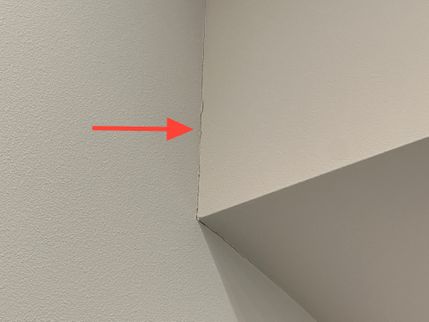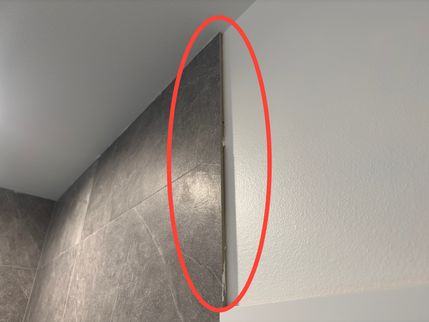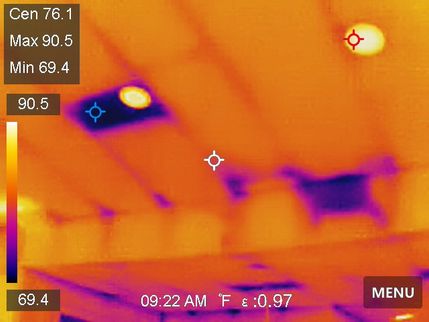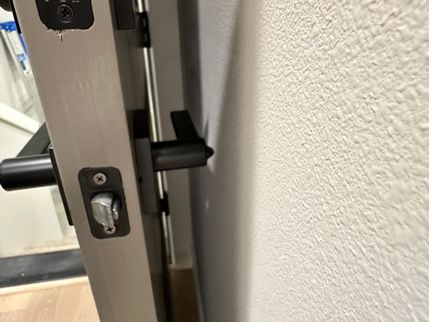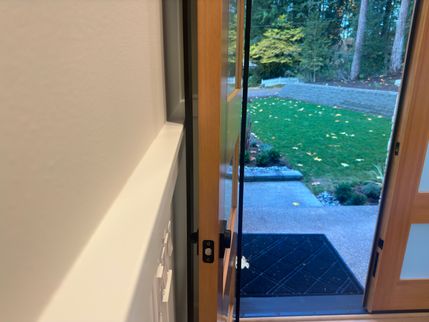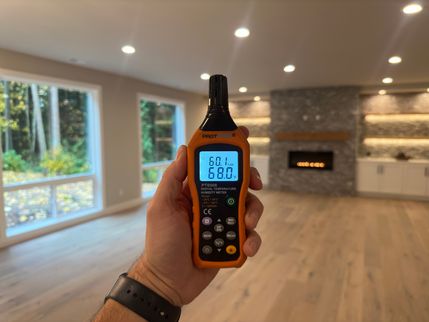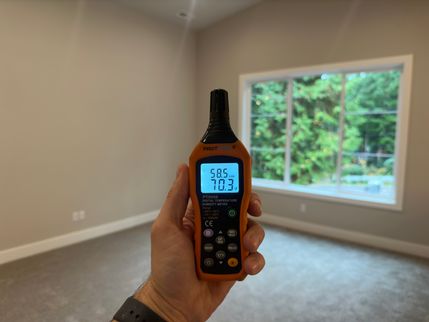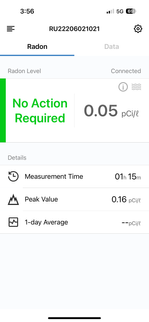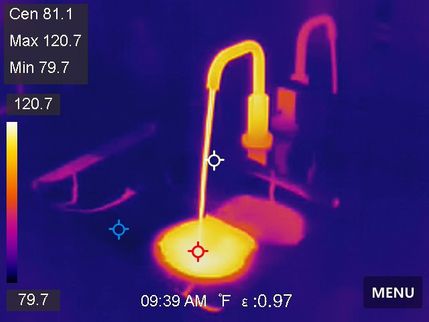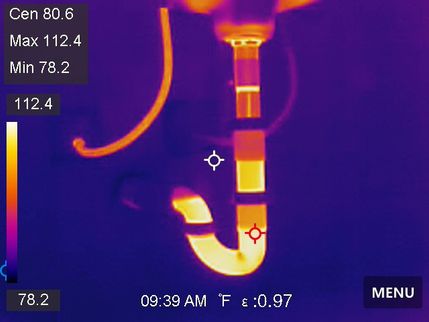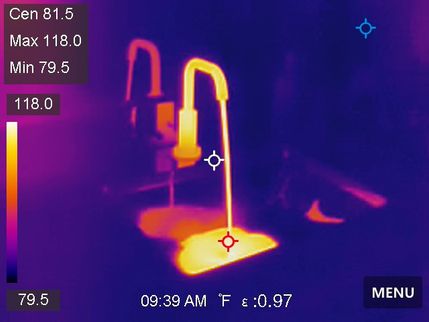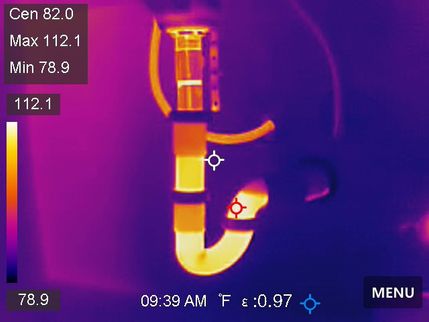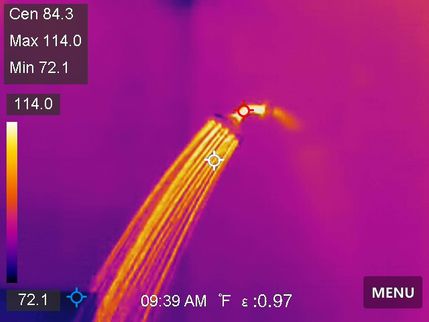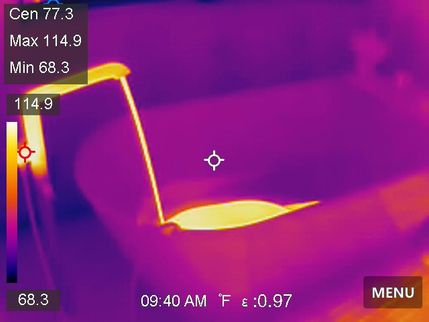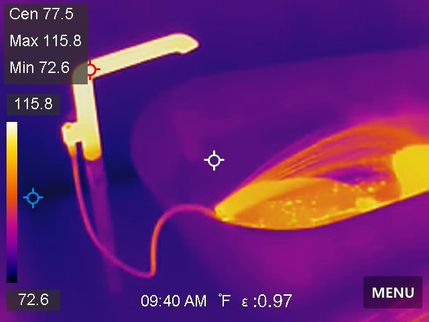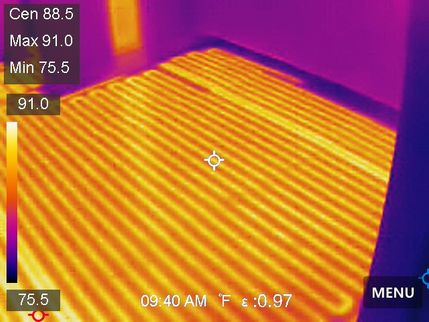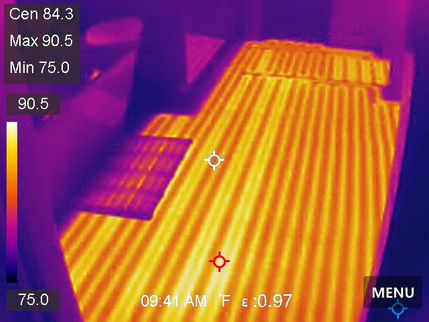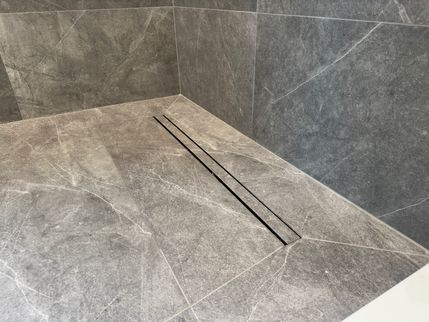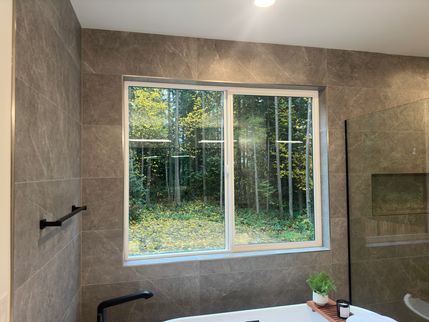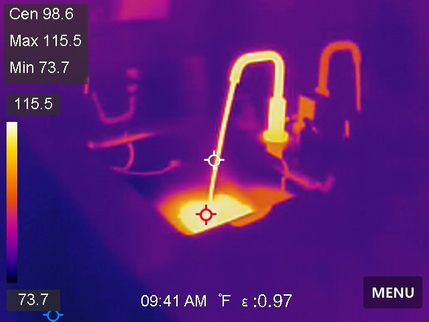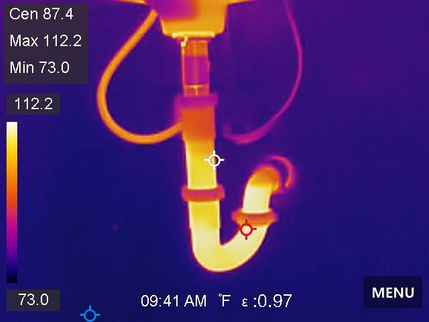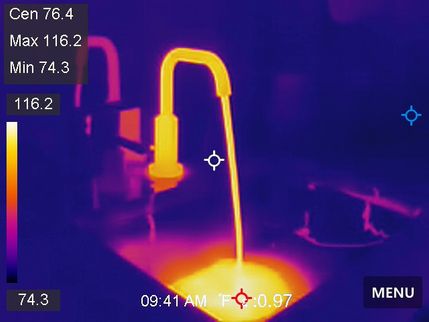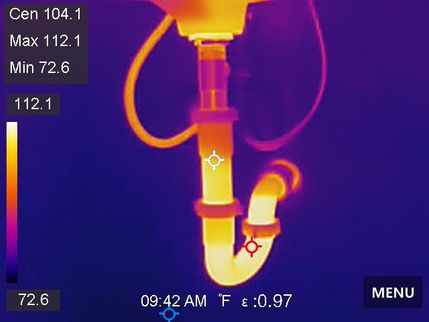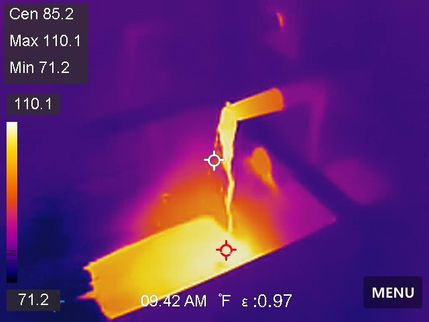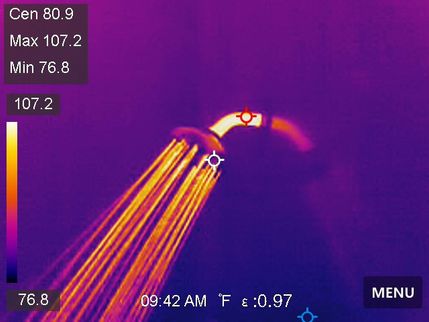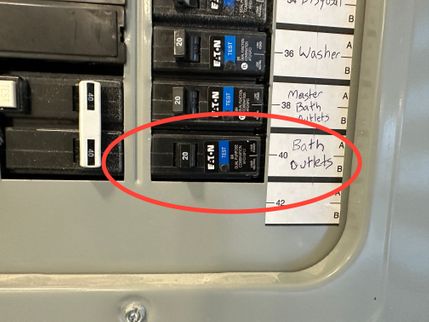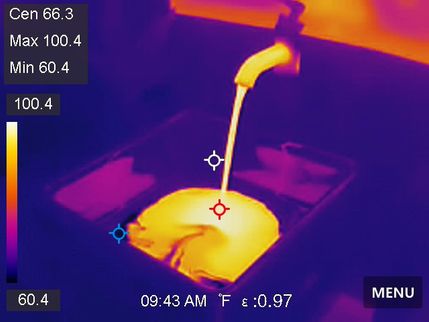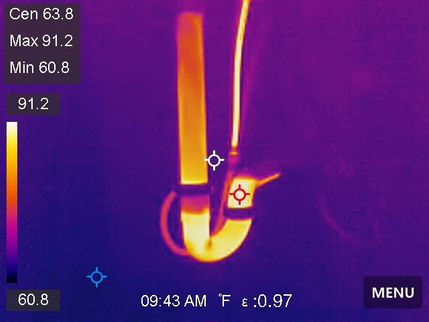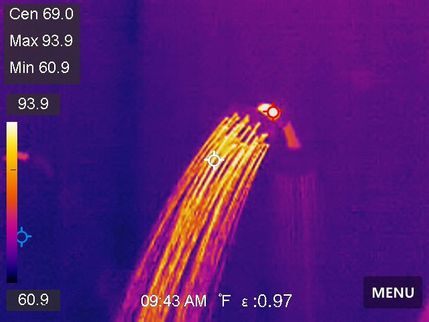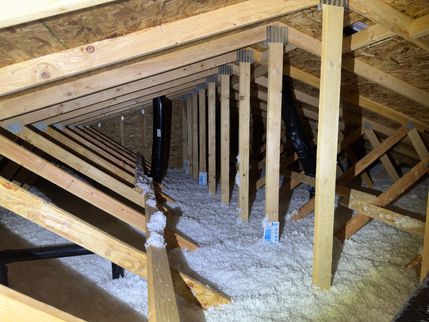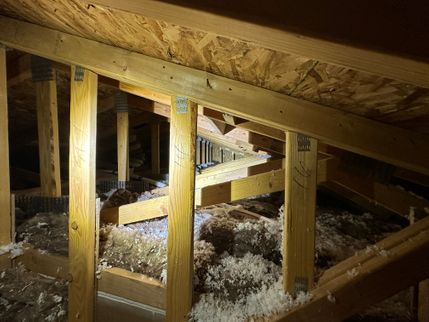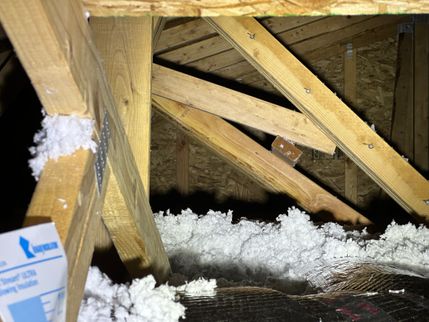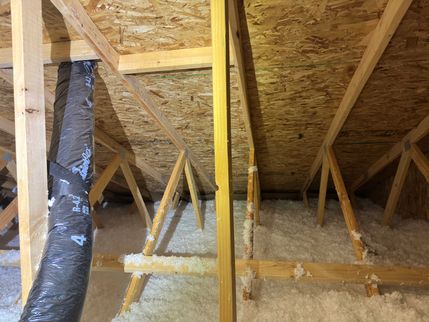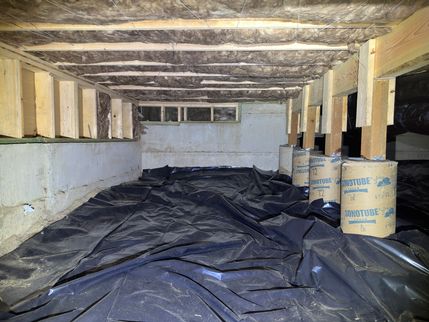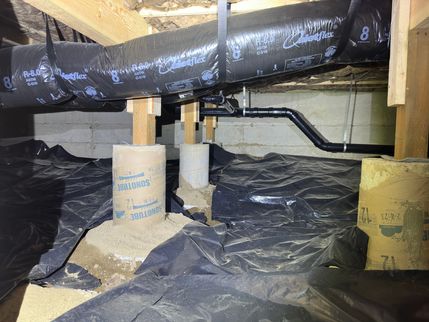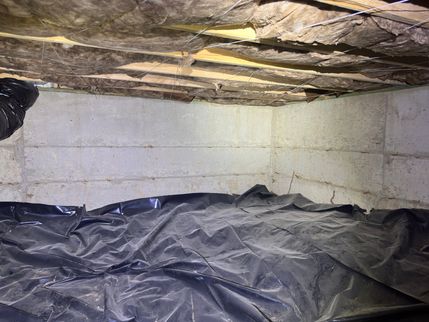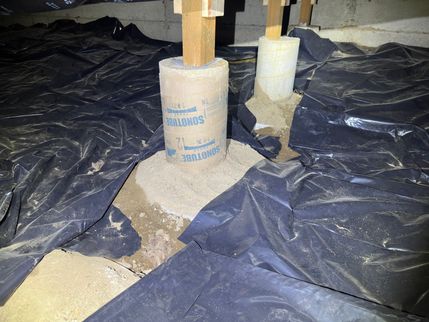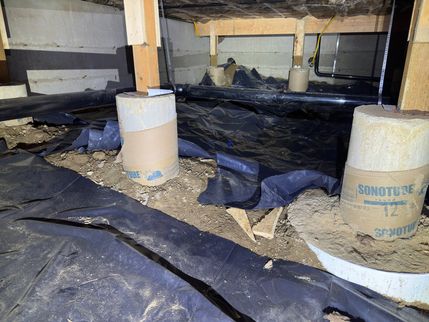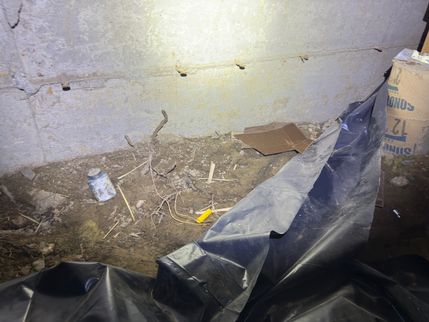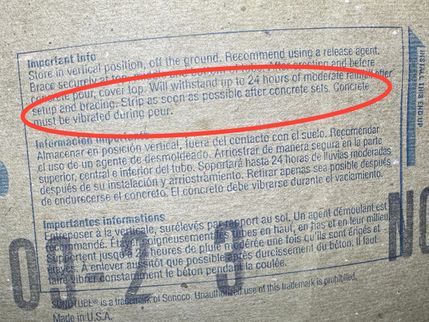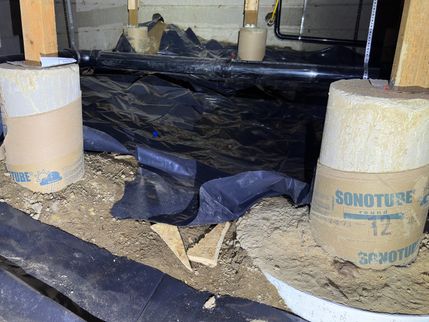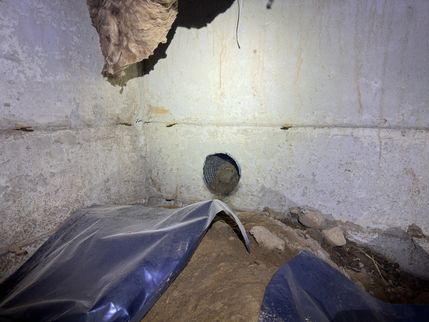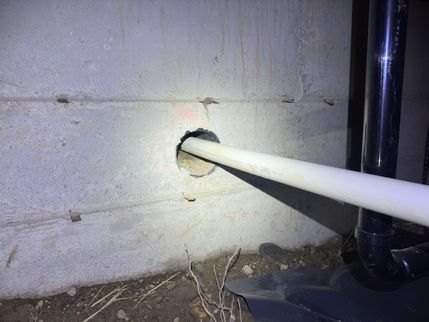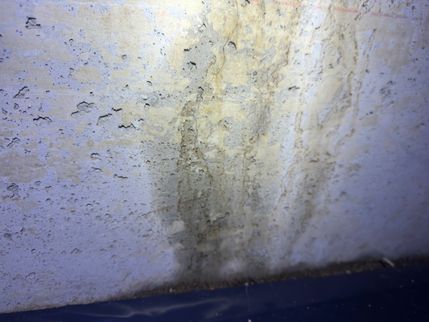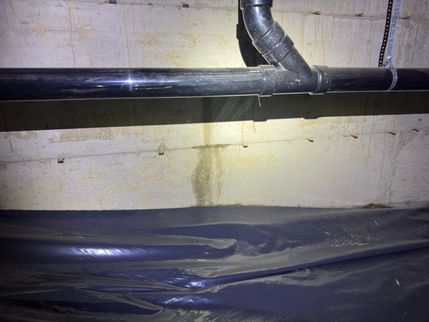The Scope and Purpose of a Home Inspection
Purchasing property involves risk
The purpose of a home inspection is to help reduce the risk associated with the purchase of a structure by providing a professional opinion about the overall condition of the structure. A home inspection is a limited visual inspection and it cannot eliminate this risk. Some homes present more risks than others. We cannot control this, but we try to help educate you about what we don’t know during the inspection process. This is more difficult to convey in a report and one of many reasons why we recommend that you attend the inspection.
A home inspection is not an insurance policy
This report does not substitute for or serve as a warranty or guarantee of any kind. Home warranties can be purchased separately from insuring firms that provide this service.
A home inspection is visual and not destructive
The descriptions and observations in this report are based on a visual inspection of the structure. We inspect the aspects of the structure that can be viewed without dismantling, damaging or disfiguring the structure and without moving furniture and interior furnishings. Areas that are concealed, hidden or inaccessible to view are not covered by this inspection. Some systems cannot be tested during this inspection as testing risks damaging the building. For example, overflow drains on bathtubs are generally not tested because if they were found to be leaking they could damage the finishes below. Our procedures involve non-invasive investigation and non-destructive testing which will limit the scope of the inspection.
This is not an inspection for code compliance
This inspection and report are not intended for city / local code compliance. During the construction process structures are inspected for code compliance by municipal inspectors. Framing is open at this time and conditions can be fully viewed. Framing is not open during inspections of finished homes, and this limits the inspection. All houses fall out of code compliance shortly after they are built, as the codes continually change. National codes are augmented at least every three years for all of the varying disciplines. Municipalities can choose to adopt and phase in sections of the codes on their own timetables. There are generally no requirements to bring older homes into compliance unless substantial renovation is being done.
This is just our opinion
Construction techniques and standards vary. There is no one way to build a house or install a system in a house. The observations in this report are the opinions of the home inspector. Other inspectors and contractors are likely to have some differing opinions. You are welcome to seek opinions from other professionals.
The scope of this inspection
This inspection will include the following systems: exterior, roof, structure, drainage, foundation, attic, interior, plumbing, electrical and heating. The evaluation will be based on limited observations that are primarily visual and non-invasive. This inspection and report are not intended to be technically exhaustive.
Your expectations
The overall goal of a home inspection is to help ensure that your expectations are appropriate with the house you are proposing to buy. To this end we assist with discovery by showing and documenting observations during the home inspection. This should not be mistaken for a technically exhaustive inspection designed to uncover every defect with a building. Such inspections are available but they are generally cost-prohibitive to most homebuyers.
Your participation is requested
Your presence is requested during this inspection. A written report will not substitute for all the possible information that can be conveyed verbally by a shared visual observation of the conditions of the property.
How to Read This Report
Getting the Information to You
This report is designed to deliver important and technical information in a way that is easy for anyone to access and understand. If you are in a hurry, you can take a quick look at our "Summary Page” and quickly get critical information for important decision making. However, we strongly recommend that you take the time to read the full Report, which includes digital photographs, captions, diagrams, descriptions, videos and hot links to additional information.
The best way to get the layers of information that are presented in this report is to read your report online, which will allow you to expand your learning about your house. You will notice some words or series of words highlighted in blue and underlined – clicking on these will provide you with a link to additional information.
This report can also be printed on paper or to a PDF document.
Chapters and Sections
This report is divided into chapters that parcel the home into logical inspection components. Each chapter is broken into sections that relate to a specific system or component of the home. You can navigate between chapters with the click of a button on the left side margin.
Most sections will contain some descriptive information done in black font. Observation narrative, done in colored boxes, will be included if a system or component is found to be significantly deficient in some way or if we wish to provide helpful additional information about the system or the scope of our inspection. If a system or component of the home was deemed to be in satisfactory or serviceable condition, there may be no narrative observation comments in that section and it may simply say “tested,” or “inspected.”
Observation Labels
All narrative observations are colored, numbered and labeled to help you find, refer to, and understand the severity of the observation. Observation colors and labels used in this report are:
- Repair Item:Repair and maintenance items noted during inspection. Please note that some repair items can be expensive to correct such as re-finishing hardwood floors, but are considered simply repair items due to their cosmetic nature.
- Recommended Maintenance:These are repair items that should be considered "routine home ownership items," such as servicing the furnace, cleaning the gutters or changing the air filters in the furnace.
- Improvement:Observations that are not necessarily defects, but which could be improved for safety, efficiency, or reliability reasons.
- Monitor:Items that should be watched to see if correction may be needed in the future.
- Due Diligence Item:Observation such as a buried oil tank that may require further investigation to determine the severity and / or urgency of repair.
- Efficiency & IAQ:Denotes observations that are needed to make the home more energy efficient as well as to bring the home up to modern insulation standards. This category typically includes windows and insulation. Other items, such as lighting and appliances, are not inspected for their energy status.
- Description:Detailed description of various aspects of the property noted during the inspection.
- Note:Refers to aside information and /or any comments elaborating on descriptions of systems in the home or limitations to the home inspection.
- Homeowner Association:For things deferred to the a Homeowner Association
Summary Page
The Summary Page is designed as a bulleted overview of all the observations noted during inspection. This helpful overview is not a substitution for reading the entire inspection report. The entire report must be read to get a complete understanding of this inspection report as the Summary Page does not include photographs or photo captions.
Summary
Repair Items
- E1-5 Exterior:
All exterior receptacles should be GFCI protected. No GFCI protect was observed at the receptacles at the driveway gate posts. This is a minor and simple repair but should be made by a licensed electrician.
- G1-5 Garage:
The west side garage door makes a loud noise while opening. During inspection I observed that the torsion spring was misaligned. This is often caused by increased tension on the springs. Have a qualified contractor evaluate and repair as needed. This is often a simple repair that often requires loosening the winding cone to reduce tension on the spring.
This spring is under heavy load and this repair should be made only by a qualified contractor. Serious injury could occur if attempting a self-repair.
- P-3 Plumbing:
The leaky hose bib at the west side of the house requires repair or replacement - it leaked from the faucet handle when the faucet was turned on and under pressure. This often requires tightening the packing around the handle stem.
- P-5 Plumbing:
A small water leak was observed in the crawlspace near the main service line. Have this evaluated by a licensed plumber.
- HCFV-1 Heating, Cooling, Fireplaces and Ventilation:
The cover to the electric forced air furnace is not aligned properly and is missing screws. I recommend having the HVAC contractor that installed this system repair as needed.
- HCFV-3 Heating, Cooling, Fireplaces and Ventilation:
No air filter was found for the heating system. A filter is critical for the furnace to perform as intended. Install a filter during servicing. Plan on replacing air filters every 2-3 months during the heating season.
Maintenance Items
- E1-1 Exterior:
Overall the siding/trim have multiple deficiencies and repairs are needed to the exterior. Hire a licensed general contractor to further evaluate and repair all damaged siding as needed.
Examples of observations noted during inspection include:
- Siding should be pinned back. All pinbacks should be at least 1 inch away from any edge.
- Minor paint touchups needed
- All penetrations should be sealed to prevent moisture and pest entry
- Condensate and TPRV discharge lines should have a 90 degree elbow to direct water down to the ground. This will prevent water from wicking back towards the siding.
- R1-1 Roof:
The gutters are clogged with organic debris and require cleaning to ensure proper control of roof runoff, this is expected this time of year due to leaves falling from the trees. Clean the gutters and ensure they are unobstructed, leak free and properly sloped to drain. This is routine house maintenance; I would expect the need to clean gutters and downspouts regularly. Given the time of the year debris will continue to enter the gutter system.
- R1-2 Roof:
The downspout on the south side of the home hear the covered patio is not secure. Have this downspout attached and the old holes in the siding filled.
- G1-3 Garage:
Modern standards require that a heat heat sensor be installed in new garages that are attached or located under new or existing dwellings.
R314.2.3 New attached garages. A heat detector or heat alarm rated for the ambient outdoor temperatures and humidity shall be installed in new garages that are attached to or located under new and existing dwellings. Heat detectors and heat alarms shall be installed in a central location and in accordance with the manufacturer's instructions.
- G1-4 Garage:
The garage stairs should have a graspable handrail installed.
- E-1 Electrical:
No electrical bonding or earthing connection was noted on the metal gas pipe. The 2009 edition of NFPA 54, National Fuel Gas Code, includes new requirements for bonding CSST gas piping systems to the grounding conductor of the building's electrical system, to reduce the possibility of damage by lightning strikes by reducing the electrical potential between metallic objects and building systems, including gas distribution. Have this further investigated by a qualified electrical contractor and repaired as recommended.
- E-2 Electrical:
The panel for the low voltage wiring does not appear to be set well. This is largely a cosmetic deficiency, but the excessive taping made operation of the door difficult. Repair as desired.
- P-1 Plumbing:
The water meter is full of soils and needs to be cleaned so the meter is accessible and readable. Clean soils from the water meter as needed.
- FSD-1 Fuel Storage and Distribution:
The propane tank is leaning and requires repair to level the tank and prevent tipping which could damage the gas piping. Have this further evaluated by a propane provider and repaired as needed.
- I-1 Interior:
Cracks were noted around the ceiling, windows, and walls. These are straight line cracks and no other indications were found to indicate settlement. Cracking lines like these can be due to routine settlement or moderate seasonal expansion and contraction of the structure. I typically advise new construction buyers to expect some straight line cracking during the homes first year as it expands and contracts through the seasons. Repair and paint cracks as needed and monitor.
- I-2 Interior:
The trim around the master bathroom tile is incomplete.
- CS-1 Crawl Space:
The plastic vapor barrier in the crawl space is not covering all of the soils. This is important to control humidity in the crawl space and the house. Adjust the plastic vapor barrier in the crawl space to cover all soils.
- SB-2 Structure and Basement:
There is a small and typical shrinkage crack on the south side of the foundation. This area of the yard was saturated with water. A small water stain was observed at time of inspection. I recommend sealing this crack in conjunction with improving drainage in the back yard.
Improvement Items
- R1-3 Roof:
Downspouts on the upper gutter system are terminating onto the lower roof. This is industry standard practice but it will prematurely deteriorate the roofing shingles in these locations. I recommend extending the downspouts into lower gutters to better protect the roof.
- R1-4 Roof:
The roofing material on this building is a recently installed architectural grade shingle. These are often rated as 30-40 year shingles. In practice, as a roof assembly, I find these last closer to 18-23 years depending on the quality of the installation, the steepness of the roof and the amount of exposure. The installation appears neat and professional. Disclose any warranty information for this roof. Many professional roofing companies will offer limited workmanship warranties. Please note that roofs are not a shingle. they are an assembly and they require regular cleaning and maintenance to keep them performing reliably.
Examples of observations noted during inspection include:
- Organic debris on roof should be removed. This should be considered regular home maintenance
- Construction nails/debris should be removed
- G1-2 Garage:
A bollard is recommended in the garage to protect the water heater from physical damage from cars. A bollard is a metal post that acts to protect appliances in the garage such as furnaces and water heaters from physical damage that could be caused by a car. Hire a qualified contractor to repair.
- P-4 Plumbing:
The supply pipe insulation is incomplete in the garage. Be sure all supply lines in unheated spaces have been adequately insulated to protect from freezing conditions that could damage the pipes and to prevent heat loss.
- I-5 Interior:
The master bathroom door is missing hardware. Complete installation of the hardware.
- I-6 Interior:
Some of the doors are missing doorstops. I recommend installing stops to help prevent wall damage.
- SB-1 Structure and Basement:
I recommend sealing the areas where cores were drilled in the foundation. Sealing these will help prevent rodents from tunneling into the crawlspace.
Monitors
- G-4 Grounds:
Where possible, an air gap should be provided to allow the siding and trim to keep dry. Generally, a 2 inch clearance is recommended between siding and hardscape. The wood trim will be more vulnerable to moisture than the fiber cement board siding. Please note that this is a fairly common installation, and may not be cost effective to correct at this point. Monitoring this area should be considered regular home maintenance.
- G-5 Grounds:
Important catch basins were noted around the property - see driveway. These are designed to capture surface runoff and divert water around the building. Be sure to keep these drains clear, especially before large rain storms.
Due Diligence Items
- GC-1 General Comments:
As this is a newer construction building, there is a chance that building plans, permits, drainage plans, construction records, a list of sub-contractors and warranty information may be available. I recommend trying to obtain and keep this information for your records and for future re-sale.
- G-1 Grounds:
THE FOLLOWING LIMITATIONS AND EXCLUSIONS WERE NOTED:
- Fences that surround the property are typically not inspected
- Soil and slope stability and hydrological conditions are not within the scope of this inspection.
- The functionality of underground drainage components cannot be determined during a typical inspection.
- G-2 Grounds:
Whenever large trees are present I recommend that an arborist should be hired to further evaluate the large trees around the property and prune or remove as recommended. Whenever large trees are located near a house a higher level of maintenance should be expected to keep trees safe and healthy and to eliminate the risks of damage to the home or building materials and to eliminate rodent entry points. With larger trees such as firs pruning is recommended to eliminate the sail effect and reduce strain on these tress during high winds. If an arborist has not been out in the last few years, I recommend a new consultation.
- G-3 Grounds:
The home is situated on a generally wet site with neighboring homes and topography above the house. Heavy rains were present prior to the inspection. I observed only one small area of ponding near the septic tank access lids.
- G-6 Grounds:
While fences around the home are generally not inspected except as to how they impact the home, as a courtesy, I still report safety concerns and general conditions when warranted. All fences should be maintained and inspected periodically. Sometimes maintenance and replacement involves the neighbors and I make no determination as to ownership of fences on the borders of the property. Your due diligence is advised.
- E1-2 Exterior:
The gas fireplace at the covered patio was not tested during inspection. The seller reported that they were still awaiting parts to convert the fireplace from natural gas to propane. This is expected to be corrected prior to closing, pending the availability of the parts.
- E1-3 Exterior:
The railing has been run horizontally - while this is allowed, it can create a ladder effect for small children. Use caution with small children on the front porch.
- E1-6 Exterior:
The GFCI protected receptacle that is above the patio fireplace is on the same branch circuit as the master bedroom lights. If the master bedroom lights are not working I recommend attempting to reset the breaker at the service panel in the garage. This is not a safety hazard but can be confusing.
- G1-1 Garage:
The garage receptacles are GFCI protected as per modern standards. If you place a refrigerator or freezer in the garage I recommend installing a GFCI receptacle that emits an audible alarm if it has been tripped. This will help alert you to the fact that your appliances are not powered and will help prevent unwanted food loss.
- P-6 Plumbing:
The average life of these water heaters can vary widely between 8-20 years depending on water quality and maintenance schedule such as frequency of flushing the tank and replacing sacrificial anodes.
- I-4 Interior:
The stairs in this home have a horizontal railing system. This is allowed, but it can be unsafe for children as it can create a ladder effect.
- I-7 Interior:
The screens for some of the windows are missing. This is common with new construction homes as the screens will collect excessive dust. Many listing agents also have the screens removed during the home selling process to increase the homes aesthetic appeal.
- MB-1 Master Bathroom:
Maintaining the integrity of tub and shower enclosures by ensuring they are properly sealed should be considered regular maintenance for homeowners. A well-sealed enclosure not only preserves the aesthetic appeal of the bathroom but also plays a vital role in preventing water infiltration. Water leaks, even minor ones, can lead to multiple deficiencies ranging from mold and mildew growth to structural damage within walls and subfloors. By regularly inspecting and maintaining the seals on tub and shower enclosures, homeowners can avoid these potential hazards, ensuring a safe, healthy, and damage-free environment for all occupants.
- MB-2 Master Bathroom:
The windows in the bathroom were clear and did not have a privacy film or coating installed. I recommend having a coating or film installed on the glazing to allow for increased privacy.
Efficiency Iaqs
- I-3 Interior:
Thermal imaging indicates that some sections of walls/ceilings have not been insulated or the insulation has been disturbed. Small areas are likely not cost effective to repair and are often difficult to repair in vaulted ceiling areas. Minor voids in the insulation are fairly common in most homes.
The Full Report
Grounds
Standards of Practice
Limitations/Exclusions to Grounds
General Grounds Photos
Grounds, Trees and Vegetation
Driveways/Walkways/Flatwork
Drainage and Lot Location
Window Well and Stairwells
Retaining Walls
Exterior Stairs
Fences
Carports and Outbuildings
Exterior
Exterior Elevations
Siding and Trim
Eaves and Soffit
Exterior Flashings
Exterior Doors
Exterior Window Frames
Front Porch and Covered Patio
Electrical
Electrical
Standards of Practice
Electric Service
Electrical Grounding System
Electrical Bonding System
Electric Service Permits Found
Service Equipment
Branch Wiring
Receptacles and Fixtures
Smoke and Carbon Monoxide Alarm Systems
Low Voltage Wiring
Plumbing
Standards of Practice
Water Meter
Water Pressure Tested During Inspection
Exterior Hose Bibs
Location of Main Water Shut Off
Water Service Supply (From the Utility)
Distribution Pipe (In the Home)
Water Heater
Waste Pipe and Discharge
Heating, Cooling, Fireplaces and Ventilation
Standards of Practice
Heating System
Cooling Systems and Heat Pumps
Heating and Cooling Distribution Systems
Air Filters
Mechanical Ventilation Systems
Gas Fireplaces
Kitchen
Sinks and Faucets
Cabinets and Countertops
Ventilation Method
Appliances
General Kitchen Condition
Interior
Standards of Practice
Floors and Floor Materials
Walls, Ceilings, Trim and Closets
Wall Insulation and Air Bypass
Stairs and Railings
Interior Doors
Windows
Pests and Rodents
Indoor Air Quality
Master Bathroom
Sinks and Cabinets
Toilet
Bathtub / Shower
Bathroom Ventilation
Electrical
General Bath Condition
Family Bathroom
Sinks and Cabinets
Toilet
Bathtub / Shower
Electrical
Bathroom Ventilation
General Bath Condition
Downstairs Bathroom
Sinks and Cabinets
Toilet
Bathtub / Shower
Bathroom Ventilation
Electrical
General Bath Condition
3D Scan and Floor Plans
Matterport
You can view a free 3D LiDAR scan of this property at the link below. With this link you can virtually tour the property as well as take measurements of the space.
General Comments
Building Characteristics, Conditions and Limitations
Style of Home: Contemporary
Type of Building : Single Family (2-story)
Approximate Square Footage: 3600
The approximate square footage listed here is listed as a courtesy and is based off of public records and disclosure. An evaluation of square footage of the buildings and property lines is beyond the scope of this inspection.
Approximate Year of Original Construction: New Construction
Attending the Inspection: Vacant (inspector only)
Occupancy: Unoccupied
This house was vacant / unoccupied at the time of inspection. Vacant and unoccupied houses present unique challenges for home inspection, especially the piping and wiring systems which have not be subject to regular use prior to the inspection. While these systems can be tested during inspection, this one-time test is different than regular use and it is difficult to know how these systems will respond to regular use after the inspection. For example, septic systems may initially function and then fail under regular daily use. Plumbing traps may operate with no signs of leaks and then let go when being actively used for a few days. Shower pans may only leak when someone is standing in the shower and taking a shower. Seals for plumbing fixtures can dry up and leak when not is use. Sewer lines with roots may allow water flow, but then fail when waste and tissue are flushed; it can take a few days for that to backup. Please understand we are trying our best to look for clues of past or existing problems to paint a realistic best-guess as to the reliability of these systems during inspection.
Animals Present: No
Weather during the inspection: Light Rain
Approximate temperature during the inspection: Below 50[F]
Ground/Soil surface conditions: Saturated
For the Purposes of This Report, the Front Door Faces: North
North
HOA: HOA Note
Homes in developments with Homeowner Associations often have covenants and easements and other encumbrances associated with them. This inspection makes no attempt at identifying or providing information regarding any such issues, but will mention observed "community" issues that may affect the property. I recommend discussing any such concerns with the seller prior to close of escrow. Typical concerns include, but are not limited to: utility easements, maintenance of driveways and walkways and other common areas, exterior maintenance, maintenance of underground drainage and sumps, maintenance of exhaust vents, etc.
Pre-listing Inspection: Note
Note
This inspection has been prepared for the seller. Every effort is made on pre-listing inspections to provide the same comprehensive inspection and report as for a buyer's inspection. If you are a buyer and you are reading this report, I am happy to provide a complementary phone consult about this report once I have permission from my client to discuss the report. If repairs have been made, and re-inspection services are requested, I recommend contacting me directly about scheduling a re-inspection of the property. Please note that if you are under contract to purchase the house, Washington state requires that I provide a complete home inspection and report; I am not allowed to provide a verbal consolation.
As this is a newer construction building, there is a chance that building plans, permits, drainage plans, construction records, a list of sub-contractors and warranty information may be available. I recommend trying to obtain and keep this information for your records and for future re-sale.
Grounds
Standards of Practice
General : SOP Note
The inspection of the site includes the building perimeter, land grade, and water drainage directly adjacent to the foundation; trees and vegetation that adversely affect the structure; walks, grade steps, driveways, patios, and retaining walls contiguous with the structure.
(1) The inspector will:
(a) Describe the material used for driveways, walkways, patios and other flatwork around the home.
(b) Inspect
(i) For serviceability of the driveways, steps, walkways, patios, flatwork and retaining walls contiguous with the structure.
(ii) For proper grading and drainage slope.
(iii) Vegetation in close proximity to the home.
(c) Describe any deficiencies of these systems or components.
(2) The inspector is not required to:
• Inspect fences, privacy walls or retaining walls that are not contiguous with the structure.
• Report the condition of soil, trees, shrubs or vegetation unless they adversely affect the structure.
• Evaluate hydrological or geological conditions.
• Determine the adequacy of bulkheads, seawalls, breakwalls, and docks.
Limitations/Exclusions to Grounds
Limitations and Exclusions: Standard Home Inspection Exclusions
THE FOLLOWING LIMITATIONS AND EXCLUSIONS WERE NOTED:
- Fences that surround the property are typically not inspected
- Soil and slope stability and hydrological conditions are not within the scope of this inspection.
- The functionality of underground drainage components cannot be determined during a typical inspection.
Grounds, Trees and Vegetation
Trees/Vegetation too near building: Arborist Recommended
Whenever large trees are present I recommend that an arborist should be hired to further evaluate the large trees around the property and prune or remove as recommended. Whenever large trees are located near a house a higher level of maintenance should be expected to keep trees safe and healthy and to eliminate the risks of damage to the home or building materials and to eliminate rodent entry points. With larger trees such as firs pruning is recommended to eliminate the sail effect and reduce strain on these tress during high winds. If an arborist has not been out in the last few years, I recommend a new consultation.
Driveways/Walkways/Flatwork
Driveway: Concrete
Walkways: Concrete
Patios: Concrete
Drainage and Lot Location
Clearance to Grade: Standard, Siding Too Close to Hardscape - Not Ideal
Downspout Discharge: Below grade
Site Description: Wet Site
 Monitor Catch Basins
Monitor Catch Basins
Where possible, an air gap should be provided to allow the siding and trim to keep dry. Generally, a 2 inch clearance is recommended between siding and hardscape. The wood trim will be more vulnerable to moisture than the fiber cement board siding. Please note that this is a fairly common installation, and may not be cost effective to correct at this point. Monitoring this area should be considered regular home maintenance.
Important catch basins were noted around the property - see driveway. These are designed to capture surface runoff and divert water around the building. Be sure to keep these drains clear, especially before large rain storms.
Window Well and Stairwells
None Noted
Retaining Walls
Retaining Wall Material: Block
Exterior Stairs
Standard
Fences
Present
While fences around the home are generally not inspected except as to how they impact the home, as a courtesy, I still report safety concerns and general conditions when warranted. All fences should be maintained and inspected periodically. Sometimes maintenance and replacement involves the neighbors and I make no determination as to ownership of fences on the borders of the property. Your due diligence is advised.
Carports and Outbuildings
None noted
Exterior
Exterior Elevations
Standards of Practice: SOP Note
An inspection of the exterior includes the visible wall coverings, trim, protective coatings and sealants, windows and doors, attached porches, decks, steps, balconies, handrails, guardrails, carports, eaves, soffits, fascias and visible exterior portions of chimneys, per the Washington State standards of Practice.
The inspector is not required to inspect the following items. If any of the below items are mentioned in this report, they have been made as a courtesy only and are not covered under the scope of this inspection.
- Buildings, decks, patios, fences, retaining walls, and other structures detached from the dwelling.
- Safety type glass or the integrity of thermal window seals.
- Flues or verify the presence of flue liners beyond what can be safely and readily seen from the roof or the firebox of a stove or fireplace.
• Test or evaluate the operation of security locks, devices or systems.
• Enter areas beneath decks with less than five feet of clearance from the underside of joists to grade.
• Evaluate the function or condition of shutters, awnings, storm doors, storm windows, screens, and similar accessories.
Siding and Trim
Trim Material: Wood
Siding Material: Fiber-cement, Wood clapboard, Stone
Manufacturers of fiber cement siding have done a poor job helping inspectors and consumers distinguish their products after installation; these products have few if any distinguishing characteristics. This report will site James Hardie manufacturers installation requirements for reference because they are the most common manufacturer of fiber cement siding and the various manufactures seem to share similar installation guidelines. However, reference of these guidelines in this report does not ensure that the fiber cement siding here is a James Hardie product.
Localized Siding Repairs Needed
Overall the siding/trim have multiple deficiencies and repairs are needed to the exterior. Hire a licensed general contractor to further evaluate and repair all damaged siding as needed.
Examples of observations noted during inspection include:
- Siding should be pinned back. All pinbacks should be at least 1 inch away from any edge.
- Minor paint touchups needed
- All penetrations should be sealed to prevent moisture and pest entry
- Condensate and TPRV discharge lines should have a 90 degree elbow to direct water down to the ground. This will prevent water from wicking back towards the siding.
Eaves and Soffit
Type: Open rafters
Exterior Flashings
Horizontal banding flashing: Present
Penetration Block Flashing: Present
Window head flashings: Present
Door head flashings: Present
Garage overhead door head-flashings: Present
Crawl space vent flashings: Present
Exterior Doors
French doors, Sliding glass
Exterior Window Frames
Vinyl
Front Porch and Covered Patio
Present
Guardrail: Standard
Electrical
GFCI Test: Inconsistent With Modern Standards, Working
Video shows the receptacles at the following exterior locations were GFCI protected and operating as intended.
All exterior receptacles should be GFCI protected. No GFCI protect was observed at the receptacles at the driveway gate posts. This is a minor and simple repair but should be made by a licensed electrician.
The GFCI protected receptacle that is above the patio fireplace is on the same branch circuit as the master bedroom lights. If the master bedroom lights are not working I recommend attempting to reset the breaker at the service panel in the garage. This is not a safety hazard but can be confusing.
Roof
Standards of Practice
General : SOP Note
An inspection of the roof includes the roof covering materials; gutters and downspout systems; visible flashings; roof vents; skylights, and any other roof penetrations; and the portions of the chimneys and flues visible from the exterior.
(1) The inspector will:
• Traverse the roof to inspect it.
• Inspect the gutters and downspout systems, visible flashings, soffits and fascias, skylights, and other roof penetrations.
• Report the manner in which the roof is ventilated.
• Describe the type and general condition of roof coverings.
• Report multiple layers of roofing when visible or readily apparent.
• Describe any deficiencies of these systems or components.
(2) The inspector is not required to:
• Traverse a roof where, in the opinion of the inspector, doing so can damage roofing materials or be unsafe. If the roof is not traversed, the method used to inspect the roof must be reported.
• Remove snow, ice, debris or other material that obscures the roof surface or prevents access to the roof.
• Inspect gutter and downspout systems concealed within the structure; related underground drainage piping; and/or antennas, lightning arresters, or similar attachments.
• Operate powered roof ventilators.
• Predict remaining life expectancy of roof coverings.
Gutters and Downspouts
Gutter and Downspout Materials: Seamless Aluminum
Common Recommendations and Observations: Gutter Repairs Needed (Basic Cleaning Needed), Improvements (Upper Downspouts Drain Onto Lower Roof)
The gutters are clogged with organic debris and require cleaning to ensure proper control of roof runoff, this is expected this time of year due to leaves falling from the trees. Clean the gutters and ensure they are unobstructed, leak free and properly sloped to drain. This is routine house maintenance; I would expect the need to clean gutters and downspouts regularly. Given the time of the year debris will continue to enter the gutter system.
The downspout on the south side of the home hear the covered patio is not secure. Have this downspout attached and the old holes in the siding filled.
Roof Materials
Roof Pitch and General Photos: Note, General Photos
This image shows the pitch of the upper and lower roofs.
Method of Roof Inspection: Walked on roof
Roof Style: Gable
Flashings: Present and Visually Standard
Roof flashings are used to keep a roofing system water proof where the roofing material starts, stops, changes direction or is penetrated. During inspection, we look for standard flashing techniques that could be considered normal or standard in our region. Damaged, incomplete or non-standard flashings can be a sign of an older or less reliable roofing system and may require repair. Any non-standard flashings noted during inspection will be reported on below if found.
Roof Covering Materials: Architectural grade composition shingle
Approximate Age of Roof Covering: New
Overlay Roof: No
MOST COMMON OBSERVATIONS: Composition - New - Looks Professional
The roofing material on this building is a recently installed architectural grade shingle. These are often rated as 30-40 year shingles. In practice, as a roof assembly, I find these last closer to 18-23 years depending on the quality of the installation, the steepness of the roof and the amount of exposure. The installation appears neat and professional. Disclose any warranty information for this roof. Many professional roofing companies will offer limited workmanship warranties. Please note that roofs are not a shingle. they are an assembly and they require regular cleaning and maintenance to keep them performing reliably.
Examples of observations noted during inspection include:
- Organic debris on roof should be removed. This should be considered regular home maintenance
- Construction nails/debris should be removed
Chimneys
None noted
Skylights
None noted
Garage
Standards of Practice
General: SOP Note
The inspection of attached garages and carports includes their framing, siding, roof, doors, windows, and installed electrical/mechanical systems pertaining to the operation of the home.
(1) The inspector will:
• Inspect the condition and function of the overhead garage doors and associated hardware.
• Test the function of the garage door openers, their auto-reverse systems and secondary entrapment devices (photoelectric and edge sensors) when present.
• Inspect the condition and installation of any pedestrian doors.
• Inspect fire separation between the house and garage when applicable.
• Report as a fire hazard the presence of any ignition source (gas and electric water heaters, electrical receptacles, electronic air cleaners, motors of installed appliances, etc.) that is within eighteen inches of the garage floor.
• Describe any deficiencies of these systems or components.
(2) The inspector is not required to:
• Determine whether or not a solid core pedestrian door that is not labeled is fire rated.
• Verify the functionality of garage door opener remote controls.
• Move vehicles or personal property.
• Operate any equipment unless otherwise addressed in the SOP.
General Comments
Attached
Automatic Garage Opener: Present
Garage Door Type: Glass and Metal
Garage Slab: Typical Cracks Noted
Most Common Observations: Garage GFCI Note
Common Observations: Bollard Needed
Common Garage Limitations: Storage in Garage Note
Common Notes: Heat Sensors
The garage receptacles are GFCI protected as per modern standards. If you place a refrigerator or freezer in the garage I recommend installing a GFCI receptacle that emits an audible alarm if it has been tripped. This will help alert you to the fact that your appliances are not powered and will help prevent unwanted food loss.
A bollard is recommended in the garage to protect the water heater from physical damage from cars. A bollard is a metal post that acts to protect appliances in the garage such as furnaces and water heaters from physical damage that could be caused by a car. Hire a qualified contractor to repair.
Modern standards require that a heat heat sensor be installed in new garages that are attached or located under new or existing dwellings.
R314.2.3 New attached garages. A heat detector or heat alarm rated for the ambient outdoor temperatures and humidity shall be installed in new garages that are attached to or located under new and existing dwellings. Heat detectors and heat alarms shall be installed in a central location and in accordance with the manufacturer's instructions.
The west side garage door makes a loud noise while opening. During inspection I observed that the torsion spring was misaligned. This is often caused by increased tension on the springs. Have a qualified contractor evaluate and repair as needed. This is often a simple repair that often requires loosening the winding cone to reduce tension on the spring.
This spring is under heavy load and this repair should be made only by a qualified contractor. Serious injury could occur if attempting a self-repair.
Receptacles and Fixtures
Inspection Method: Random Testing
Electric Receptacles: Three wire receptacles
COMMON GFCI COMMENTS: GFCI Working
This video shows the receptacles at this location were GFCI protected and operating as intended.
Electrical
Standards of Practice
General: Sop Note
The inspection of the electrical system includes the service drop through the main panel; subpanels including feeders; branch circuits, connected devices, and lighting fixtures.
(1) The inspector will:
(a) Describe in the report the type of primary service, whether overhead or underground, voltage, amperage, over-current protection devices (fuses or breakers) and the type of branch wiring used.
(b) Report
(i) The existence of a connected service-grounding conductor and service-grounding electrode when same can be determined.
(ii) When no connection to a service grounding electrode can be confirmed.
(c) Inspect the main and branch circuit conductors for proper over-current protection and condition by visual observation after removal of the readily accessible main and subelectric panel cover(s).
(d) Report, if present, solid conductor aluminum branch circuits. Include a statement in the report that solid conductor aluminum wiring may be hazardous and a licensed electrician should inspect the system to ensure it's safe.
(e) Verify
(i) The operation of a representative number of accessible switches, receptacles and light fixtures.
(ii) The grounding and polarity of a representative number of receptacles; particularly in close proximity to plumbing fixtures or at the exterior.
(iii) Ground fault circuit interrupter (GFCI) protection and arc-fault circuit interrupter (AFCI) protection where required.
(f) Report the location of any inoperative or missing GFCI and/or AFCI devices when they are recommended by industry standards.
(g) Advise clients that homes without ground fault protection should have GFCI devices installed where recommended by industry standards.
(h) Report on any circuit breaker panel or subpanel known within the home inspection profession to have safety concerns.
(i) Describe any deficiencies of these systems or components.
(2) The inspector is not required to:
(a) Insert any tool, probe or testing device into the main or subpanels.
(b) Activate electrical systems or branch circuits that are not energized.
(c) Operate circuit breakers, service disconnects or remove fuses.
(d) Inspect ancillary systems, including but not limited to:
(i) Timers.
(ii) Security systems.
(iii) Low voltage relays.
(iv) Smoke/heat detectors.
(v) Antennas.
(vi) Intercoms.
(vii) Electrical deicing tapes.
(viii) Lawn sprinkler wiring.
(ix) Swimming pool or spa wiring.
(x) Central vacuum systems.
(xi) Electrical equipment that's not readily accessible.
(e) Dismantle any electrical device or control, except for the removal of the deadfront covers from the main service panel and subpanels.
(f) Move any objects, furniture, or appliances to gain access to any electrical component.
(g) Test every switch, receptacle, and fixture.
(h) Remove switch and receptacle cover plates.
(i) Verify the continuity of connected service ground(s).
Electric Service
Electrical Grounding System
Present - Could Not Confirm, UFER Ground Noted
During a home or property inspection, every effort is made to inspect the visible components of the electrical system grounding. The grounding system is critical for safely discharging electrical surges, especially in the case of lightning strikes. There is no way in the context of a home inspection to verify the "effectiveness" of the grounding system as much of the system is not visible and there are not practical tests one can perform in the way we can test a furnace or a plumbing fixture.
Electrical Bonding System
Present - Could Not Confirm
During the inspection, I attempt to visually document electrical system bonding. There is no way in the context of a home inspection to verify the "effectiveness" of system bonding. All metallic systems in the building are required to be "bonded" (connected) to the the building's electrical grounding system. Bonding creates a pathway to shunt static charges (that would otherwise build up on the system) to earth, and to provide a pathway to trip a breaker in the event that these bonded metallic components became energized.
Bonding connections were noted on the gas piping.
Common Observations: Bonding (None Found on CSST)
No electrical bonding or earthing connection was noted on the metal gas pipe. The 2009 edition of NFPA 54, National Fuel Gas Code, includes new requirements for bonding CSST gas piping systems to the grounding conductor of the building's electrical system, to reduce the possibility of damage by lightning strikes by reducing the electrical potential between metallic objects and building systems, including gas distribution. Have this further investigated by a qualified electrical contractor and repaired as recommended.
Electric Service Permits Found
Service Equipment
Main Electric Panel Location: Garage
Panel Manufacturer: Eaton
Main Panel Amperage: 200 amps
Electric Service Amperage: 200 amps
Service Entrance (SE) conductor Size: Aluminum, 4/0, 200 amps
Thermal Images: Note
Branch Wiring
Wire Material: Copper, Multi-strand Copper, Multi-strand Aluminum
Wiring Method: Non-metallic sheathed cable
Receptacles and Fixtures
Inspection Method: Random Testing
Electric Receptacles: Three wire receptacles
COMMON GFCI COMMENTS: GFCI - Testing Procedure Note
During inspection I test all Ground Fault Circuit Interrupter (GFCI) devices that are readily accessible. GFCI's are those electric receptacles with re-set buttons that you commonly see in bathrooms, kitchens and at the exterior of the home. GFCI's are important safety devices that limit the duration of electrical shocks and have demonstrably saved lives. I recommend being aware of where re-set buttons are located in the house as GFCI's can trip and disable a circuit which can not be re-energized without re-setting the button. I avoid testing to determine if a receptacle or circuit is GFCI protected if it is not clear where the re-set button can be found. This is because re-set buttons can be concealed behind stored items, so such a test risks disabling a circuit in the home. Occasionally, during testing of GFCI's one can fail. This is a statistical reality that some of these devices will fail under testing and require replacement after testing.
Smoke and Carbon Monoxide Alarm Systems
CO Alarms Noted: On Main Floor, On 2nd Floor
CO Alarms: Present
Carbon monoxide alarms were found and noted during inspection. Be sure to check these regularly. The standard is 1/ floor and 1 outside all sleeping areas.
The installation of carbon monoxide alarms is recommended for all homes that have fuel burning appliances such as gas or oil furnaces, gas water heaters, gas ovens and cook-tops, gas fireplaces and wood stoves. In addition, Washington State law (WAC 51-51-0315) now requires UL 2034 approved carbon monoxide alarms in ALL homes and condominiums being sold in Washington State. The location should be: at least one alarm outside of all sleeping areas and one on each floor of the house. Best practices are to have these alarms hardwired with a battery back-up - though requirements are for the installation to meet manufacturer's specifications. Carbon monoxide is a colorless, odorless gas that can cause sickness, nausea and even death. Alarms have a useful service life of roughly 6 years, so changing them more frequently than smoke alarms is recommended.
CO Test: Test Results
During inspection I used a CO tester to test for the presence of carbon monoxide.
Smoke Alarms Noted: On Main Floor, On 2nd Floor, In All Bedrooms
Smoke Alarms: Present
For reliability, fire marshals recommended updating smoke alarms every 10 years and changing batters bi-annually. Modern standards recommend smoke alarms in all bedrooms, in all hallways outside bedrooms and at least one on each floor of the building. The latest data indicate that we should be using photo-electric technology in our smoke alarms for improved fire detection and to reduce problems with false alarms which can lead to disabling of this important safety system. Unfortunately, the alarms have to be removed to determine if they are photo-electric or ionization types. It is surprisingly complex to accurately test a smoke alarm system and determine the reliability, age, and type of sensor technology used, especially as many homes can have half a dozen or more alarms throughout the house. A complete evaluation of smoke alarms is beyond the scope of this inspection. For optimal fire safety, I recommend taking control of these important safety devices and learning about how to service and maintain your smoke alarm system to keep the building occupants safe.
Plumbing
Standards of Practice
General: SOP Note
An inspection of the plumbing system includes visible water supply lines; visible waste/soil and vent lines; fixtures and faucets; domestic hot water system and fuel source.
(1) The inspector will:
(a) Describe the visible water supply and distribution piping materials; drain, waste and vent materials; water-heating equipment.
(b) Report
(i) The presence and functionality of sump pumps/waste ejector pumps when visible or confirm the float switch activates the pump when the sump is dry.
(ii) The presence and location of a main water shutoff valve and/or fuel shutoff valve(s), or report that they were not found.
(iii) The presence of the temperature and pressure relief (TPR) valve and associated piping.
(iv) Whether or not the water temperature was tested and state that the generally accepted safe water temperature is one hundred twenty degrees Fahrenheit.
(c) Inspect the condition of accessible and visible water supply pipes, drain/waste plumbing and the domestic hot water system when possible.
(d) Operate fixtures in order to observe functional flow.
(e) Check for functional drainage from fixtures.
(f) Describe any deficiencies of these systems or components in the inspection report.
(2) The inspector is not required to:
(a) Operate any valves, including faucets of freestanding or built-in appliances or fixtures, if the outlet end of the valve or faucet is connected or intended to be connected to an appliance.
(b) Inspect
(i) Any system that is shut down or winterized.
(ii) Any plumbing components not readily accessible.
(iii) Floor drains and exterior drain systems, including but not limited to, exterior stairwell drains and driveway drains.
(iv) Fire sprinkler systems.
(v) Water-conditioning equipment, including softeners and filter systems.
(vi) Private water supply systems.
(vii) Gas supply systems.
(viii) Interior components of exterior pumps or sealed sanitary waste lift systems.
(ix) Ancillary systems or components such as, but not limited to, those related to solar water heating and hot water circulation.
(c) Test
(i) Pressure or temperature/pressure relief valve.
(ii) Shower pans for leaks or use special equipment to test/scan shower or tub surrounds for moisture in surrounding substrate materials.
(d) Determine
(i) The potability of any water supply whether public or private.
(ii) The condition and operation of water wells and related pressure tanks and pumps.
(iii) The quantity of water from on-site water supplies.
(iv) The quality or the condition and operation of on-site sewage disposal systems such as waste ejector pumps, cesspools, septic tanks, drain fields, related underground piping, conduit, cisterns, and related equipment.
(e) Ignite pilot lights.
Water Meter
 Location of Water Meter Note
Location of Water Meter Note
This shows the location of the water meter at the street side of the house. The meter was not spinning when viewed, indicating that there are likely no leaks in the supply.
Water Pressure Tested During Inspection
Water Pressure: Test Results
Test Results
This shows the water pressure tested during inspection. This meets modern standards which require water pressure be at least 40 PSI but not more than 80 PSI.
Exterior Hose Bibs
 Operating
Operating Winterized - not tested
Winterized - not tested Leaking
Leaking At Handle When Turned On
At Handle When Turned On
The exterior hose bib on the east side of the home was winterized at the time of inspection and could not be tested. Inquire with the seller to see if they are generally operable.
The leaky hose bib at the west side of the house requires repair or replacement - it leaked from the faucet handle when the faucet was turned on and under pressure. This often requires tightening the packing around the handle stem.
Location of Main Water Shut Off
Water Service Supply (From the Utility)
Pipe Material: Plastic
Water Supply: Public water
Water Pressure: 65 PSI
Pressure Reducing Valve: None noted
Main Water Shut-off Location: Garage
Distribution Pipe (In the Home)
Pipe Insulation: Missing in Garage
Supply Pipe Materials: PEX
Functional Flow: Average
Circulation Pump: None Noted
 Angle Stops Testing Note
Angle Stops Testing Note
Angle stops are the shut offs located below plumbing fixtures such as sinks and toilets. These are designed so that water can be shut off locally to a fixture without shutting off the water to the entire house so that localized fixtures can be serviced and repaired or replaced. Home inspectors do NOT test angle stops during inspection as there is a risk of leakage which could cause damage to the home.
A small water leak was observed in the crawlspace near the main service line. Have this evaluated by a licensed plumber.
Water Heater
Thermal Images: No Leaks
System Type: Tank
Manufacturer: Bradford-White
Water Temperature: 118 Degrees F
Size: 50 gal
Age: 2023
Energy Source: Electricity
Straps : Present
Temperature Pressure Relief Value: Present - Not Tested
The temperature and pressure relief valve is arguably one of the most important safety devices in your house. Should the thermostats fail inside your water heater, the TPRV allows excess pressure to "blow off," which will prevent catastrophic build up of temperature and pressure which can make water heaters explosive. I do not test the "blow off valve" during inspection as there is a risk it could stick open and testing could cause the need for a repair. Manufacturers of these relief valves recommend that these be tested annually. You need to decide for yourself if this is the type of annual testing you wish to perform.
The average life of these water heaters can vary widely between 8-20 years depending on water quality and maintenance schedule such as frequency of flushing the tank and replacing sacrificial anodes.
Waste Pipe and Discharge
Discharge Type: Septic system
Based on visible components, this property appears to have a private on-site septic system. These are specialty systems and are excluded from this inspection. Comments in this report related to this system are made as a courtesy only and are not meant to be a substitute for a full evaluation by a qualified specialist. Generally, septic tanks should be pumped and inspected every 3 years. Depending on the type of system and municipal regulations, inspection and maintenance may be required more frequently, often annually. I recommend:
- Disclosing any information about this system's maintenance and repair history
- Provide any documentation available for this system
- Provide inspection and maintenance requirements for this system
- Hire a qualified specialist to evaluate, perform maintenance and make repairs as needed
Waste and Vent Pipe Materials: PVC
Location of Sewer Cleanout: Side Yard
This shows the location of the sewer cleanout found during inspection - south side of house. 📸
Heating, Cooling, Fireplaces and Ventilation
Standards of Practice
General: SOP Note
The inspection of the heating system includes the fuel source; heating equipment; heating distribution; operating controls; flue pipes, chimneys and venting; auxiliary heating units.
(1) The inspector will:
(a) Describe the type of fuel, heating equipment, and heating distribution systems.
(b) Operate the system using normal readily accessible control devices.
(c) Open readily accessible access panels or covers provided by the manufacturer or installer, if readily detachable.
(d) Inspect
(i) The condition of normally operated controls and components of systems.
(ii) The condition and operation of furnaces, boilers, heat pumps, electrical central heating units and distribution systems.
(iii) Visible flue pipes and related components to ensure functional operation and proper clearance from combustibles.
(iv) Each habitable space in the home to determine whether or not there is a functioning heat source present.
(v) Spaces where fossil fuel burning heating devices are located to ensure there is air for combustion.
(vi) Electric baseboard and in-wall heaters to ensure they are functional.
(e) Report any evidence that indicates the possible presence of an underground storage tank.
(f) Describe any deficiencies of these systems or components.
(2) The inspector is not required to:
(a) Ignite pilot lights.
(b) Operate:
(i) Heating devices or systems that do not respond to normal controls or have been shut down.
(ii) Any heating system when circumstances are not conducive to safe operation or when doing so will damage the equipment.
(c) Inspect or evaluate
(i) Heat exchangers concealed inside furnaces and boilers.
(ii) Any heating equipment that is not readily accessible.
(iii) The interior of chimneys and flues.
(iv) Installed heating system accessories, such as humidifiers, air purifiers, motorized dampers, heat reclaimers; solar heating systems; or concealed distribution systems.
(d) Remove covers or panels that are not readily accessible or removable.
(e) Dismantle any equipment, controls, or gauges except readily identifiable access covers designed to be removed by users.
(f) Evaluate whether the type of material used to insulate pipes, ducts, jackets and boilers is a health hazard.
(g) Determine:
(i) The capacity, adequacy, or efficiency of a heating system.
(ii) Determine adequacy of combustion air.
(h) Evaluate thermostats or controls other than to confirm that they actually turn a system on or off.
Heating System
Energy Source: Electricity
Heating Method: Electric forced air furnace
Manufacturer: American Standard
Capacity: 50,000 btu's
Age: 2022
Last Service Record: None
Cooling Systems and Heat Pumps
Heating and Cooling Distribution Systems
Heat Source in Each Room: Present
Distribution Method: Forced Air / Ducts
Common Testing Notes: Thermal Images Show Ducts Working
Thermal Images Show Ducts Working
Thermal images show elevated heat signatures at heating registers. I use these images just to show the system was generally functioning during inspection. These are representative photos.
Air Filters
Filtration Systems: Disposable
Your heating system requires disposable air filters to be installed. These should be changed quarterly or more to ensure proper air flow at the furnace. Be sure to install the filters with the arrows pointing in the same direction as the air flow in the furnace.
Common Observations: Missing Filters Completely
Mechanical Ventilation Systems
Bath Fan Ducting: Ducted to exterior
Kitchen Fan Ducting: Ducted to exterior
Whole House Fans, Ventilation and HRVs: Laundry and House Fan Timer (Noted)
This house has a timer for a whole house fan - see laundry room. This timer is designed to make a fan come on periodically to exhaust interior air, facilitate air changes and help keep the indoor relative humidity in check - for more information see: this LINK. As a general rule, keep relative humidity around 50% in cold weather to reduce chances for condensation.
Ventilation Limitation Note
Determining proper ventilation to the exterior from kitchen, bath and laundry fans can be tricky as exhaust fan ductwork is often concealed behind finishes and fan terminations can be all over the house from the roof to the foundation, presenting difficulties for systematically checking every fan termination. During inspection, every effort is made to verify proper terminations of fan vents to the exterior, but it is possible to miss something here that is latent or concealed.
Laundry and Additional Plumbing
Dryer
Dryer hook-ups only, no appliance
Power Source: Electric
Exhaust Duct: Ducted to Exterior
Fuel Storage and Distribution
Gas Meter
None noted
Gas, Propane and Oil Piping
Gas Piping Materials Noted: Steel
Propane Storage
Present
Storage Type: Above ground tank
Propane Tank Size: 120 gallon
Propane Tank Location: West side of home
Common Observations: Fuel Level
This shows the fill level of the propane tank at the time of inspection.
Kitchen
Sinks and Faucets
Cabinets and Countertops
Countertop Material: Quartz
Cabinet Material: Wood laminate
Ventilation Method
Fan Ducted to Exterior
Appliances
Refrigerator: None noted
There is no refrigerator for the kitchen - you will need to buy and install one.
Dishwasher: Operated
Dishwasher Air Gap: Present
Range/ Oven /Cook-tops: Gas
Disposer: Operated
Thermal Images Testing Procedure Notes: Cooktop, Multiple ovens, Dishwasher, Microwave, Wine Chiller
Ovens were tested in bake mode and were working at the time of inspection.
General Kitchen Condition
Standard
Video shows the GFCI protected receptacles in the kitchen were tested and operated as intended at time of inspection.
Interior
Standards of Practice
General: SOP Note
The inspection of the interior includes the walls, ceilings, floors, windows, and doors; steps, stairways, balconies and railings.
(1) The inspector will:
(a) Verify
That steps, handrails, guardrails, stairways and landings are installed wherever necessary and report when they are missing or in need of repair and report when baluster spacing exceeds four inches.
(b) Inspect
(i) The overall general condition of cabinets and countertops.
(ii) Caulking and grout at kitchen and bathroom counters.
(iii) The interior walls, ceilings, and floors for indicators of concealed structural deficiencies, water infiltration or major damage.
(iv) The condition and operation of a representative number of windows and doors.
(c) Comment on the presence or absence of smoke detectors.
(d) Describe any noncosmetic deficiencies of these systems or components.
(2) The inspector is not required to:
(a) Report on cosmetic conditions related to the condition of interior components.
(b) Verify whether all walls, floors, ceilings, doorways, cabinets and window openings are square, straight, level or plumb.
Floors and Floor Materials
Floor Materials: Carpet, Tile, Wood Laminate
Floor Settlement: None noted
Walls, Ceilings, Trim and Closets
Wall and Ceiling Materials: Drywall
Common Observations: Drywall (Straight Line Cracks Noted)
 Thermal Imaging Note
Thermal Imaging Note
During this inspection, a thermal imaging camera was used to check walls and ceilings for thermal anomalies and also to check specific appliances for verification of proper function. Thermal imaging cameras use the infrared light spectrum to build a picture of the house. Experienced thermogrophers look for clues in these thermal images that could lead us to otherwise concealed water leaks or missing air or thermal barriers. In older homes, incomplete air and thermal barriers are so common, we will only report on items that look significantly deficient and are worthy of correction. This service is included with our home inspection; it is limited and is not a complete thermal mapping of the house. The use of an infrared camera is well beyond the minimum standards for a home inspection, but we offer this service because we know it is valuable and can help us help our clients by improving our inspection services. Relevant thermal images if found will be included in this report.
Cracks were noted around the ceiling, windows, and walls. These are straight line cracks and no other indications were found to indicate settlement. Cracking lines like these can be due to routine settlement or moderate seasonal expansion and contraction of the structure. I typically advise new construction buyers to expect some straight line cracking during the homes first year as it expands and contracts through the seasons. Repair and paint cracks as needed and monitor.
Wall Insulation and Air Bypass
Wall Insulation: Not Visible
Common Observations: Thermal Imaging Indicates Voids in Wall Insulation
Thermal imaging indicates that some sections of walls/ceilings have not been insulated or the insulation has been disturbed. Small areas are likely not cost effective to repair and are often difficult to repair in vaulted ceiling areas. Minor voids in the insulation are fairly common in most homes.
Stairs and Railings
Standard
Interior Doors
Solid Core
Some of the doors are missing doorstops. I recommend installing stops to help prevent wall damage.
Windows
Window Glazing: Double pane
Interior Window Frame: Vinyl
Window Styles: Sliding, Fixed pane
Common Observations: Screens
Limitations and Testing Procedures: Testing Procedure Note
Testing Procedure Note
During inspection today I inspected the headers and sills around all windows where accessible. I spot checked around windows using a moisture meter. No water stains, signs of leakage or elevated readings were found. This is good. It is always a good practice to monitor any exposed windows, especially those with south and west exposures to check for leaks during heavy wind-driven rains.
The screens for some of the windows are missing. This is common with new construction homes as the screens will collect excessive dust. Many listing agents also have the screens removed during the home selling process to increase the homes aesthetic appeal.
Pests and Rodents
None noted
Indoor Air Quality
Relative Humidity Tested: Humidity Readings
During inspection of the interior, I tested the relative humidity. During the winter, best practices are to keep relative humidity below 50%. Below are images of measurements that were taken from representative areas of the home.
Radon
Radon Testing
Master Bathroom
Sinks and Cabinets
Tested
I ran hot water at the bathroom sinks to test for possible leaks. These thermal images shows that no leaks were observed.
Toilet
Tested
During inspection I flushed the toilet multiple times and attempted to rock it back-and-forth while straddling the toilet. The toilet did not spin or rock and appears to be secured tightly to the flange. I used a moisture meter to test around the base of the toilet and I did not observe elevated moisture readings. These images show the area around the base of the toilet was dry at time of inspection.
Bathtub / Shower
Tested
I ran hot water at the bathroom tub and shower to test for possible leaks. These thermal images shows that no leaks were observed.
Bathroom Ventilation
Type: Bath fan
Electrical
GFCI Receptacle: Working
The GFCI receptacle for the master bathroom was tested during inspection. This receptacle performed as intended.
General Bath Condition
Standard
Common Notes: Testing Procedure
Testing Procedure Sealant
Sealant Privacy Glass
Privacy Glass
During inspection today I operated all plumbing fixtures in bathrooms. I ran a moisture meter around toilets and tile shower enclosures to check for concealed leaks and sounded for loose tile and finishes in shower and tub enclosures. I do not test bathtub overflow drains as this risks damaging finishes around the tub. Monitor tubs while filling and avoid pushing water into the overflow. Even well-installed overflow drains can leak as the gaskets that seal the overflow will dry out over time and may no longer provide a watertight seal. Monitor plumbing after moving into a new home as testing during inspection presents less stress on plumbing than daily use. Please note that vacant homes present additional risk as it can be difficult to distinguish how the plumbing system will respond to daily use. Any defects uncovered during inspection are listed in this report.
Maintaining the integrity of tub and shower enclosures by ensuring they are properly sealed should be considered regular maintenance for homeowners. A well-sealed enclosure not only preserves the aesthetic appeal of the bathroom but also plays a vital role in preventing water infiltration. Water leaks, even minor ones, can lead to multiple deficiencies ranging from mold and mildew growth to structural damage within walls and subfloors. By regularly inspecting and maintaining the seals on tub and shower enclosures, homeowners can avoid these potential hazards, ensuring a safe, healthy, and damage-free environment for all occupants.
Family Bathroom
Sinks and Cabinets
Tested
I ran hot water at the bathroom sinks to test for possible leaks. These thermal images shows that no leaks were observed.
Toilet
Tested
During inspection I flushed the toilet multiple times and attempted to rock it back-and-forth while straddling the toilet. The toilet did not spin or rock and appears to be secured tightly to the flange. I used a moisture meter to test around the base of the toilet and I did not observe elevated moisture readings. These images show the area around the base of the toilet was dry at time of inspection.
Bathtub / Shower
Electrical
GFCI Receptacle: Working
The GFCI receptacle for the family bathroom was tested during inspection. This receptacle performed as intended.
Bathroom Ventilation
Type: Bath fan
General Bath Condition
Standard
Common Notes: Testing Procedure
Testing Procedure Sealant
Sealant Privacy Glass
Privacy Glass
The family bathroom receptacle is on the same circuit as the downstairs bathroom and needs to be reset at the panel.
Downstairs Bathroom
Sinks and Cabinets
Toilet
Tested
During inspection I flushed the toilet multiple times and attempted to rock it back-and-forth while straddling the toilet. The toilet did not spin or rock and appears to be secured tightly to the flange. I used a moisture meter to test around the base of the toilet and I did not observe elevated moisture readings. These images show the area around the base of the toilet was dry at time of inspection.
Bathtub / Shower
Bathroom Ventilation
Type: Bath fan
Electrical
GFCI Receptacle: Working
The GFCI receptacle for the master bathroom was tested during inspection. This receptacle performed as intended.
General Bath Condition
Standard
Attic
Attic Access
Viewed at access
There is no ramp or safe way to access the attic space. Crawling through insulation and on top of framing risks damaging thermal barriers and ceiling finishes and is not a safe way to access an attic. This limited inspection of this space.
Roof Framing and Sheathing
Rafters: Truss
Sheathing: OSB
Common Notes and Limitations: Bright Color to Sheathing - New Construction
I inspected the attic space today and no red flags were noted regarding prior moisture build-up or relative humidity. Venting appeared unrestricted. Wood has a nice bright color indicating no prior moisture problems with relative humidity. As this is a new building, I would monitor this after moving in.
Attic Insulation
General: SOP Note
The inspection of the insulation and ventilation includes the type and condition of the insulation and ventilation in viewable unfinished attics and subgrade areas as well as the installed mechanical ventilation systems.
(1) The inspector will:
• Inspect the insulation, ventilation and installed mechanical systems in viewable and accessible attics and unfinished subfloor areas.
• Describe the type of insulation in viewable and accessible unconditioned spaces.
• Report missing or inadequate vapor barriers in subfloor crawlspaces with earth floors.
• Report the absence of insulation at the interface between conditioned and unconditioned spaces where visible.
• Report the absence of insulation on heating system ductwork and supply plumbing in unconditioned spaces.
• Describe any deficiencies of these systems or components.
(2) The inspector is not required to:
• Determine the presence, extent, and type of insulation and vapor barriers concealed in the exterior walls.
• Determine the thickness or R-value of insulation above the ceiling, in the walls or below the floors.
Insulation Type: Fiberglass
Approximate Insulation R-Value on Attic Floor: 49
Attic and Roof Cavity Ventilation
Attic Ventilation Method: Soffit vents, Roof jack vents
Attic and roof cavity ventilation is a frequently-misunderstood element of residential construction. All roof cavities are required to have ventilation. The general default standard is 1 to 150 of the attic area and ideally, this comes from at least 60% lower roof cavity ventilation and 40% upper, but this is a wild over-simplifications of the subject. As a good guiding principle the most important elements for healthy attic spaces, which are traditionally insulated and ventilated are:
- Make sure the ceiling between the living space and the attic is airtight
- Ventilate consistently across the whole lower part of the roof cavity with low, intake soffit venting
- Upper roof cavity venting is less important and if over-installed can exacerbate air migration into the attic from the living space.
- Avoid power ventilators which can depressurize the attic and exacerbate air migration from the house into the attic.
For more information, please see: Link
Crawl Space
General Crawl Space Photos
Crawl Space Access
Method of Inspection: Crawled
During inspection of the crawl space, every effort is made to inspect the entire space. Visual inspection of crawl spaces is difficult and limited as access is often restricted by pipes, ducts and sub-floor insulation as well as limited clearances.
Vapor Barrier
Vapor Barrier Material: Plastic on earth, Adjustment Needed
Crawl Space Ventilation
Ventilation Method: Exterior wall vents
Posts and Footings
Standard
Insulation
Insulation Type: Fiberglass
Approximate R-Value: R-30
Moisture Conditions
Minor water noted during inspection
Structure and Basement
Foundation
Evidence of Seismic Protection: Some Signs
Building Configuration: Crawl space
Foundation Description: Poured concrete
There is a small and typical shrinkage crack on the south side of the foundation. This area of the yard was saturated with water. A small water stain was observed at time of inspection. I recommend sealing this crack in conjunction with improving drainage in the back yard.
Floor, Wall and Ceiling Framing
Wall Framing: Not visible
Wall Sheathing: Partly visible, OSB
Floor Framing: 2x12
Sub-Floor Material: OSB
Ceiling Framing: Bottom cord of truss
Checking Out Procedure
Check Out List
Oven: Off
Off
Lights: Off
Off
Heating and Cooling: Restored to Pre-inspection temperatures
Restored to Pre-inspection temperatures
Appliances: Off / finishing cycle
Off / finishing cycle
Referrals
Vendors
General Note: Disclaimer
Below you will find contact information for contractors, vendors, or other businesses that may be able to help assist you. These referrals may be part of professional associations that Main Inspections is a member of. This in no way should be viewed as an endorsement. Main Inspections does not receive a referral fee or kickback from any referral that is provided. Your due diligence is strongly advised when selecting a contractor or vendor to assist you with repairs. We strongly advise seeking at least three quotes from any contractor when making repairs.
Invoice -- The Full Report
| Inspection Fee | $0.00 |
| 0.00 | |
| DUE |
Main Inspections LLC
C/O Matt Main
5920 S Thompson Ave
Tacoma, WA 98408
253-279-3525

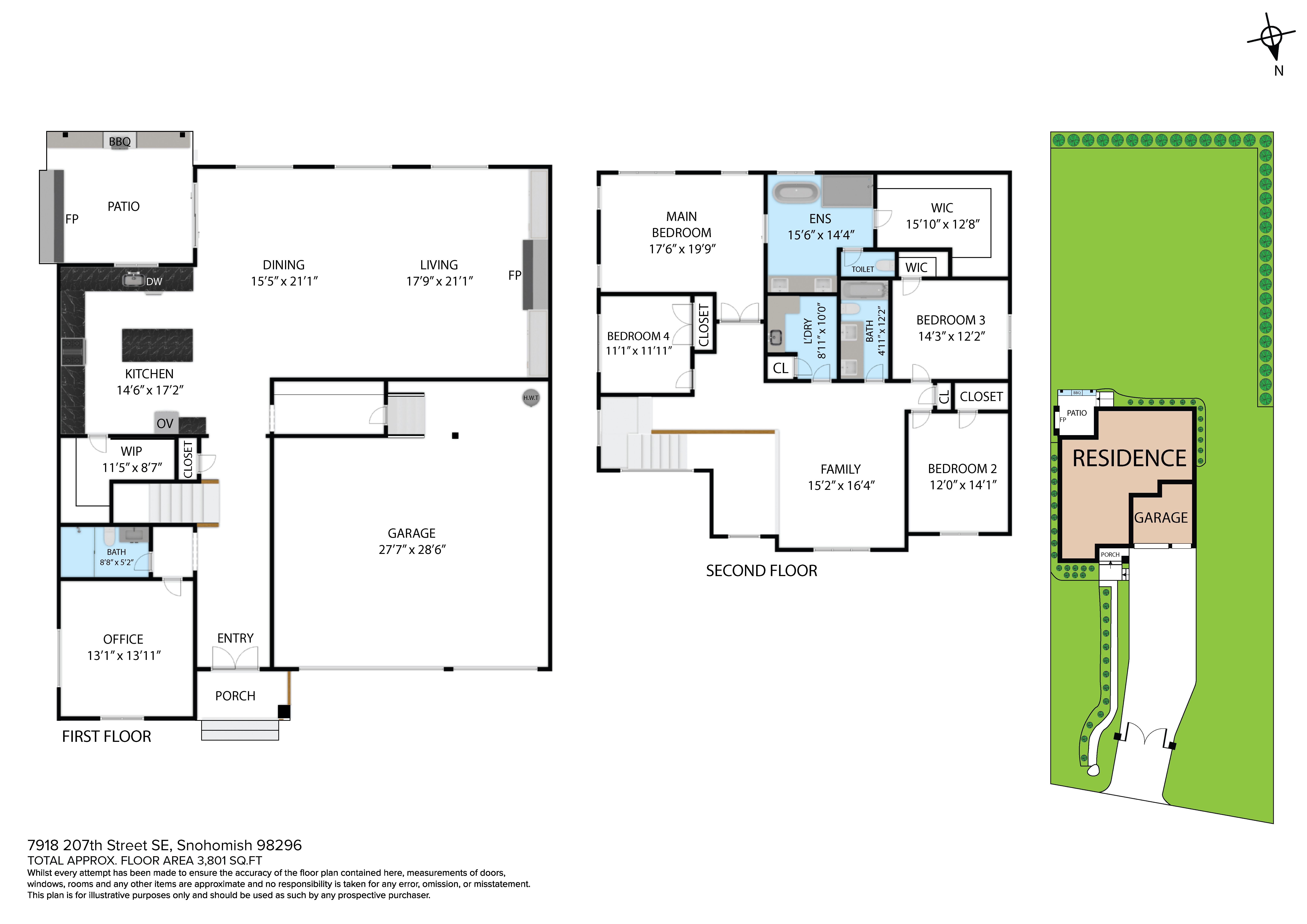
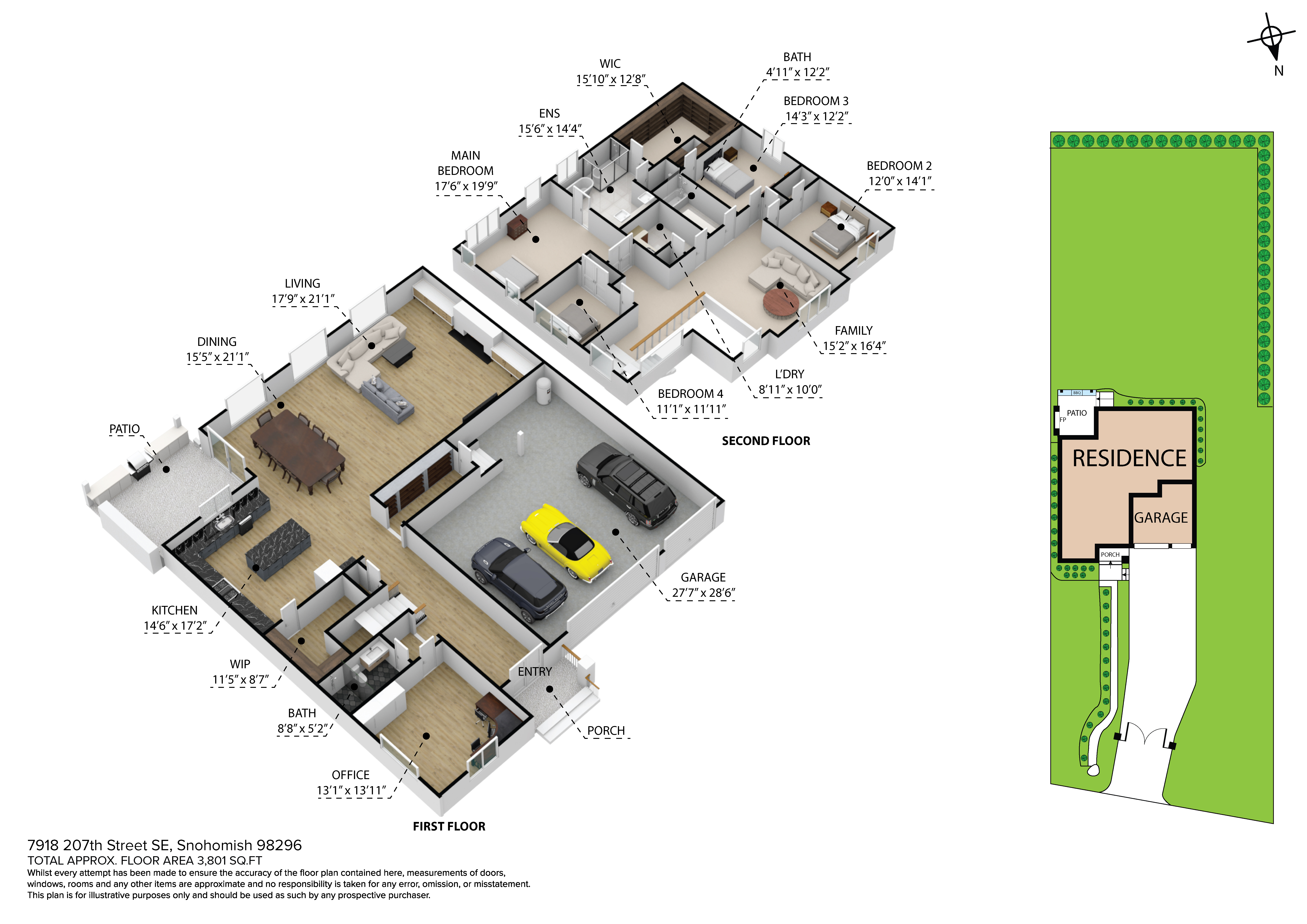
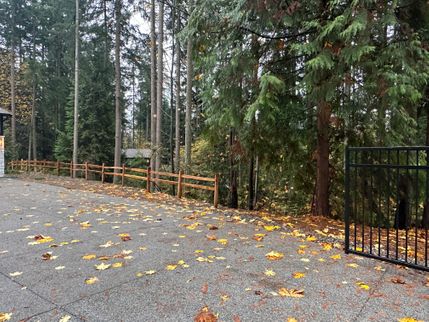

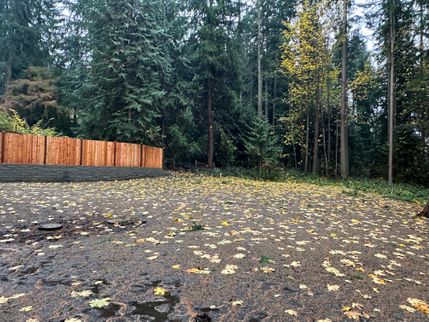
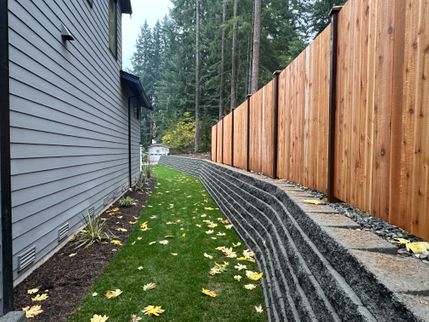
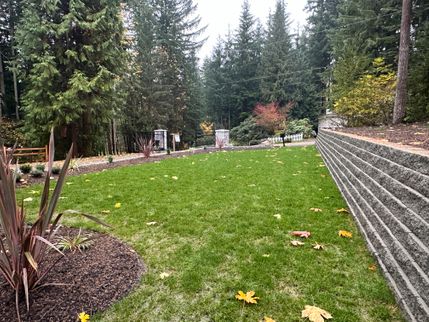
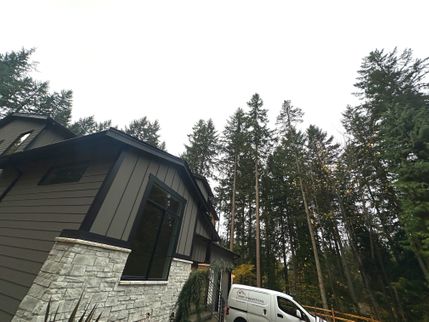


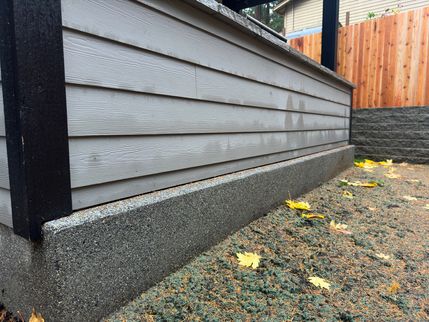
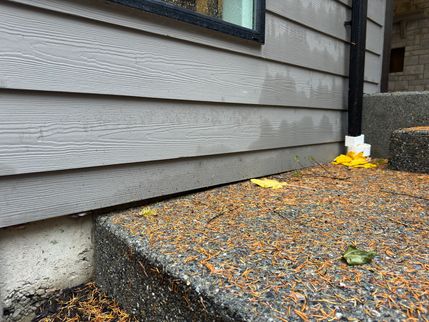
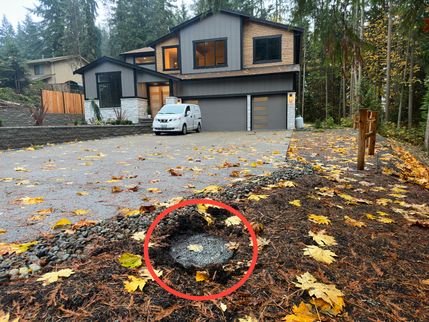


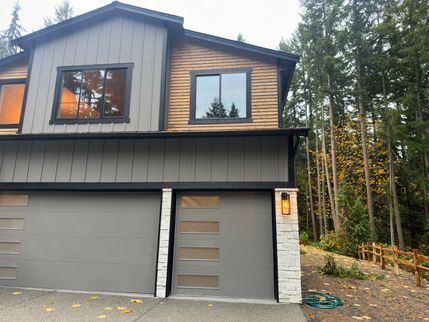
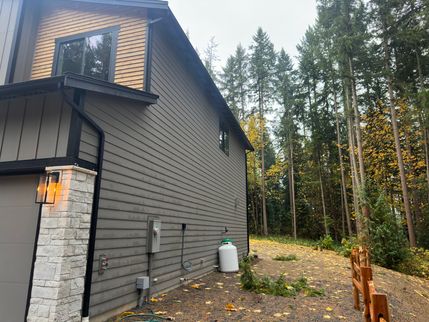
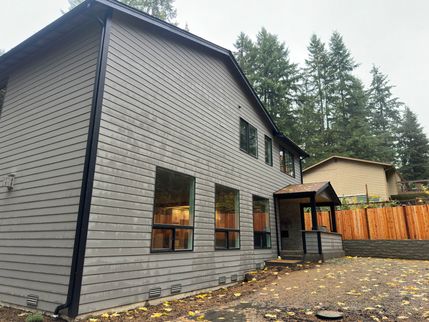
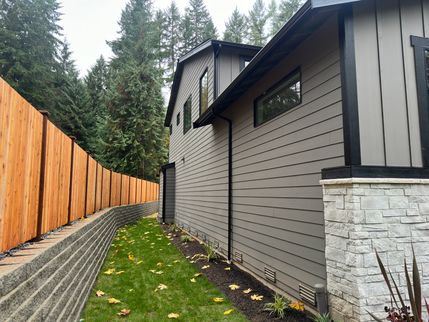
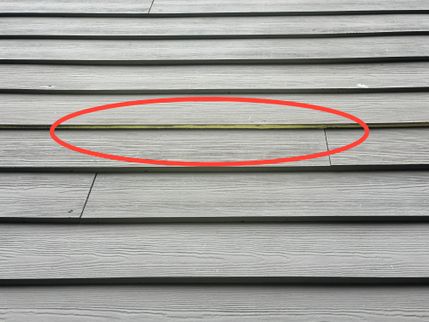
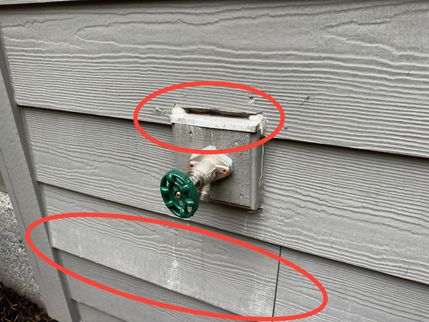
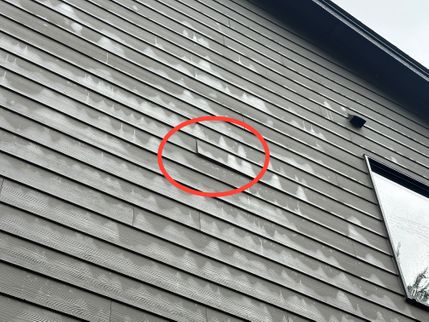
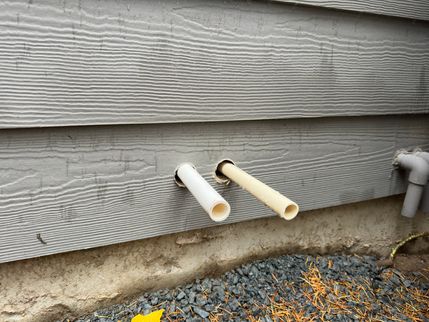

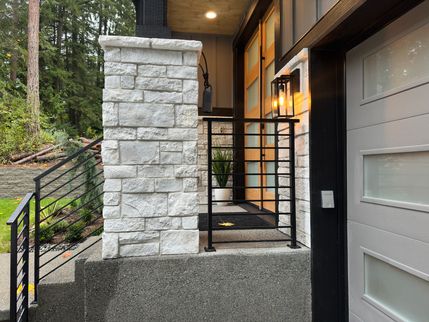
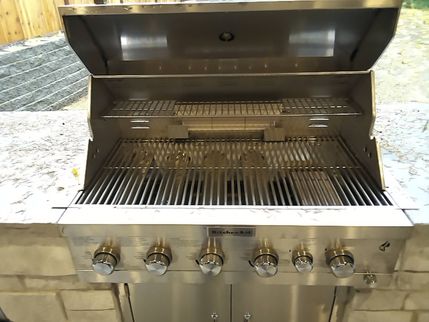
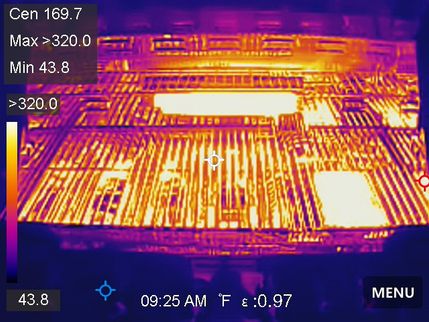













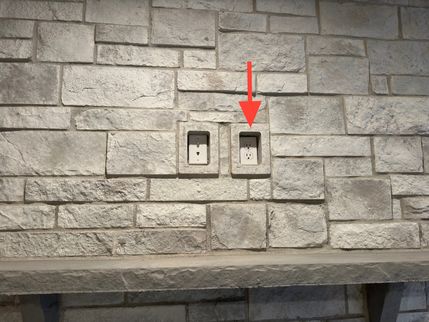
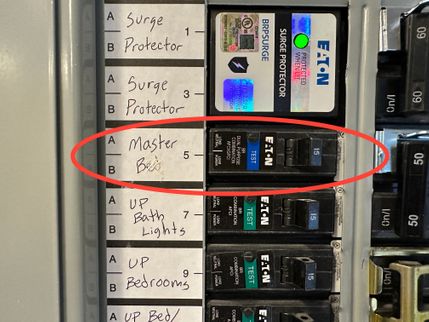
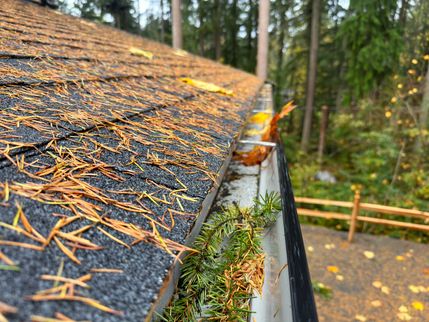
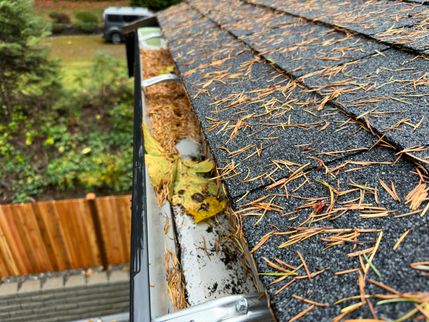
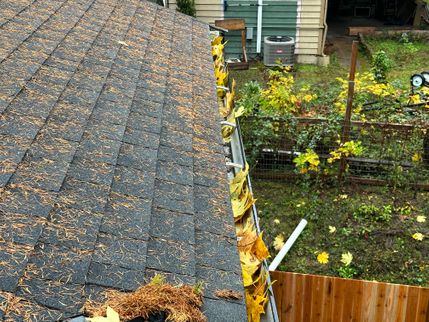

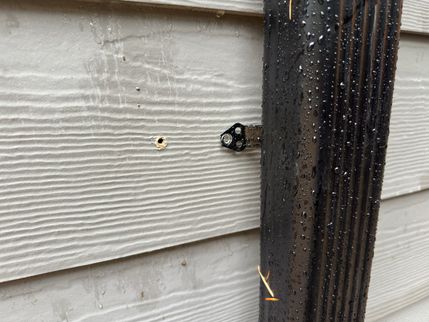
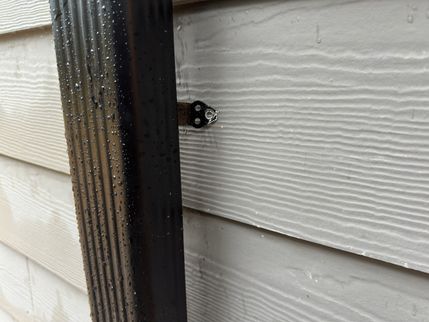

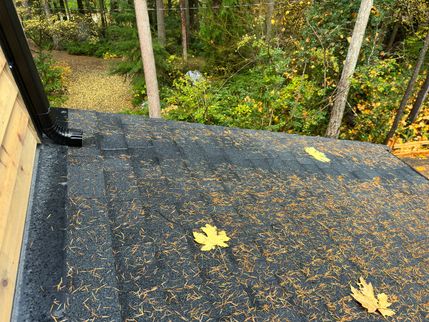
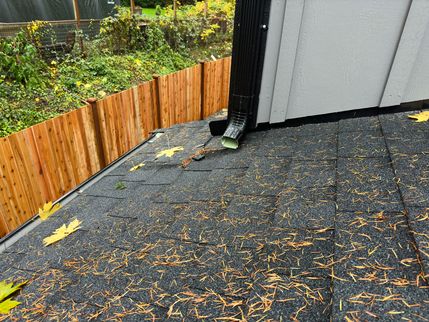
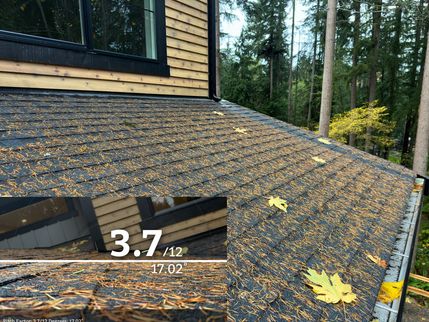
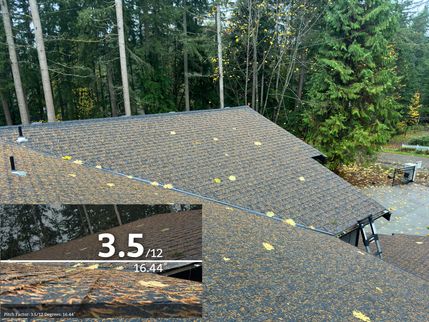


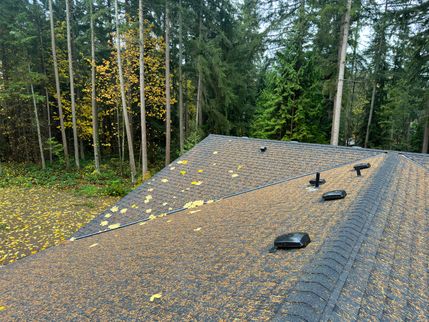

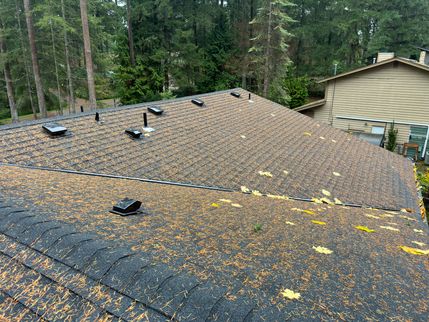



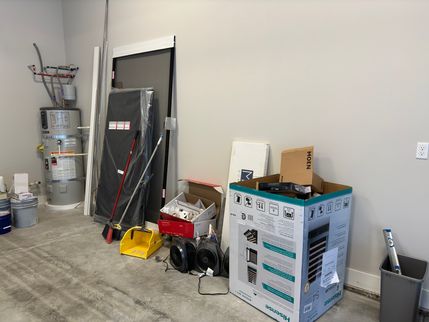



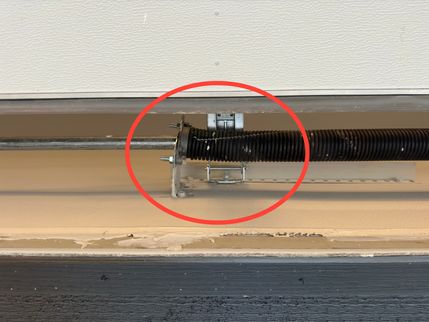




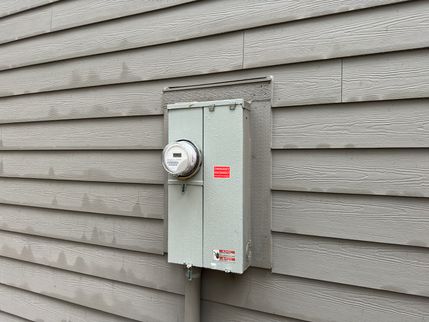

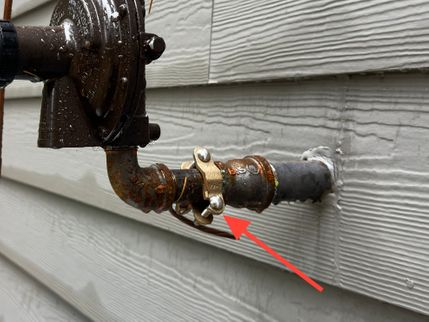
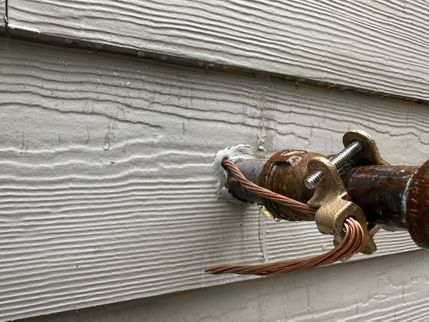
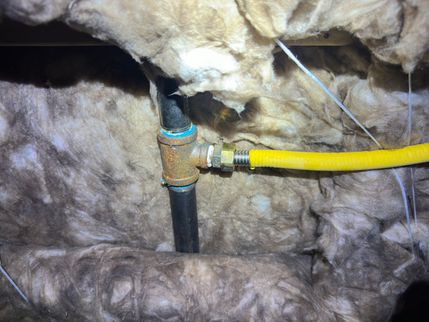

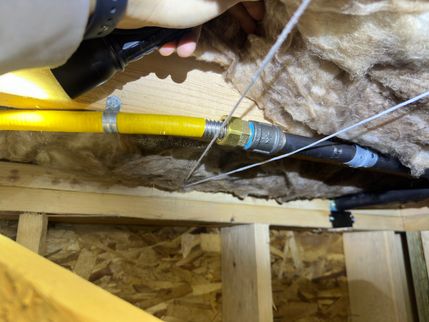
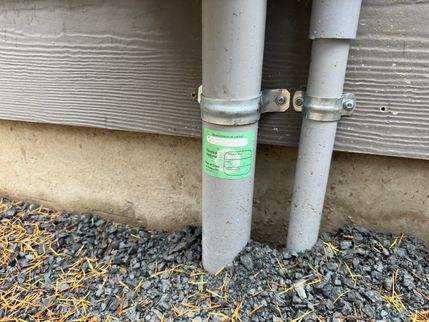
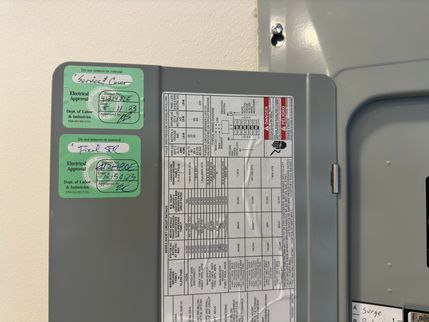

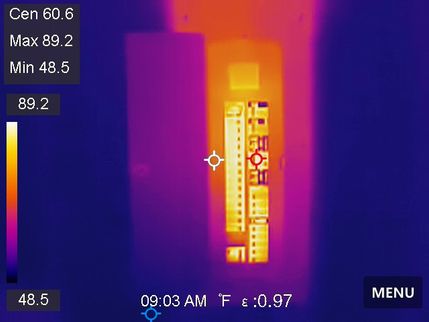
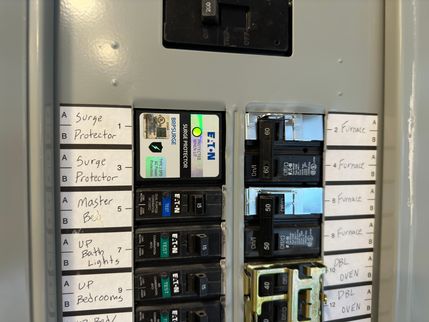
 (1) (1).png)
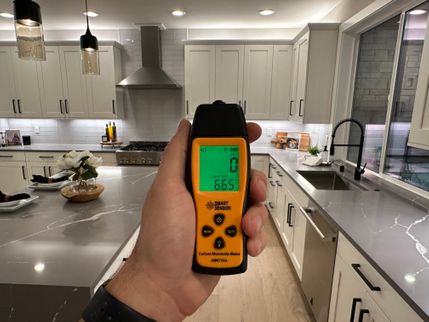

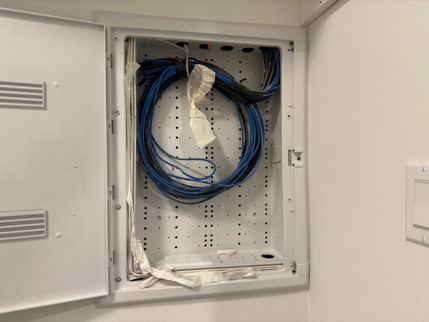
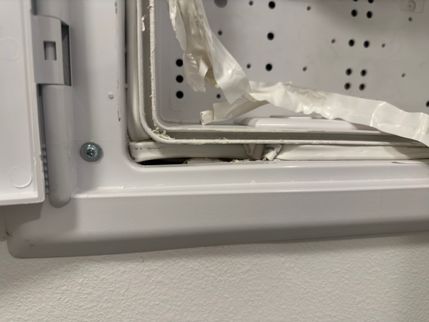
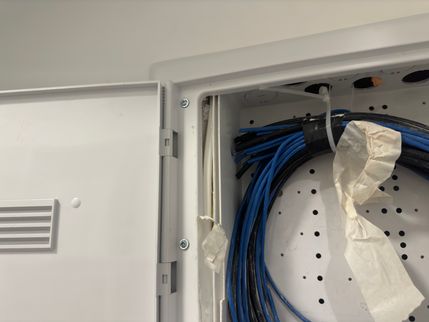
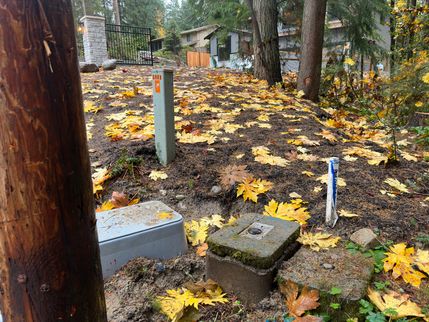


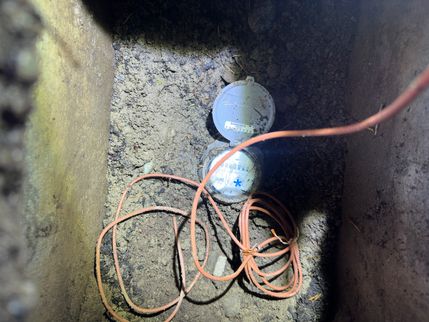
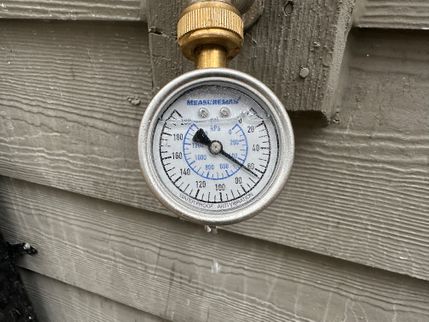

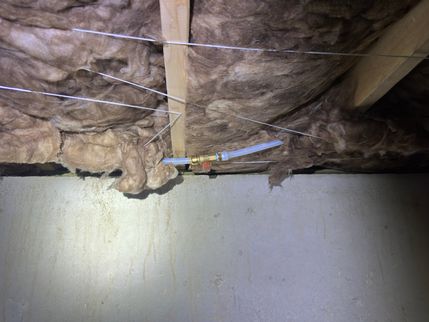

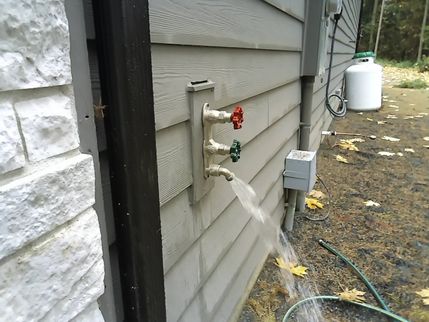
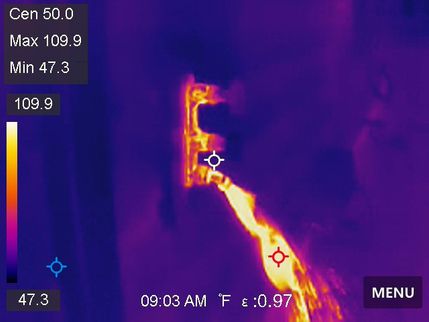




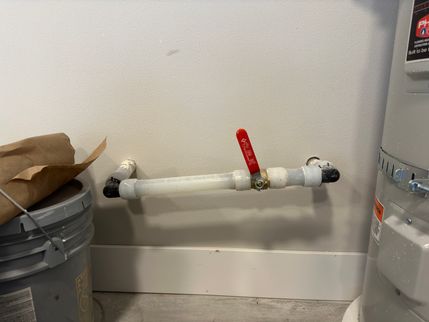
 (1) (1).png)

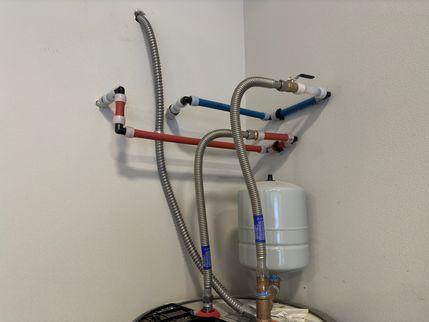
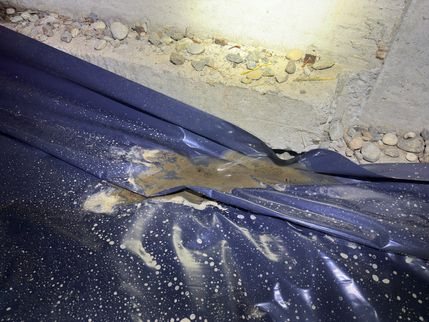

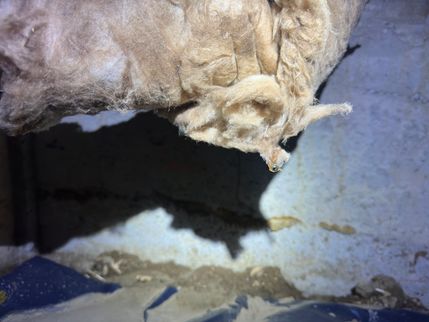


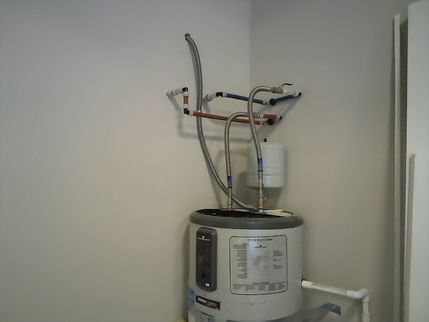

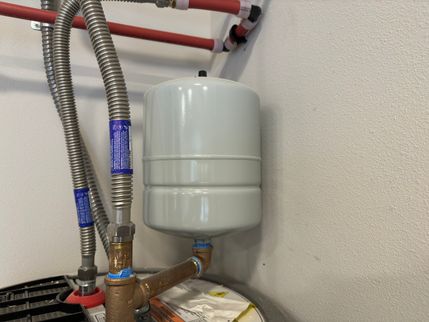
 (1) (1).jpg)
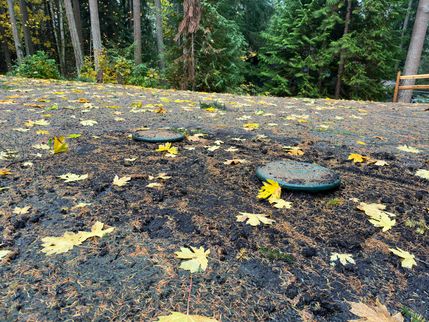
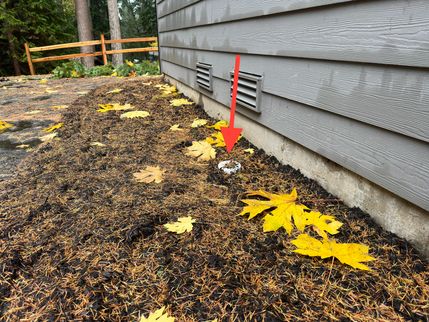
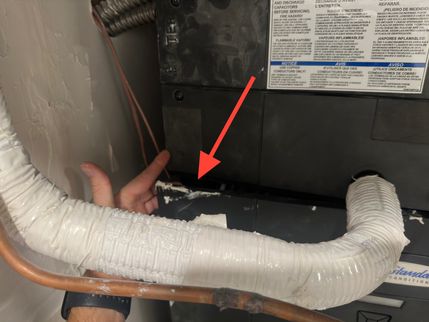
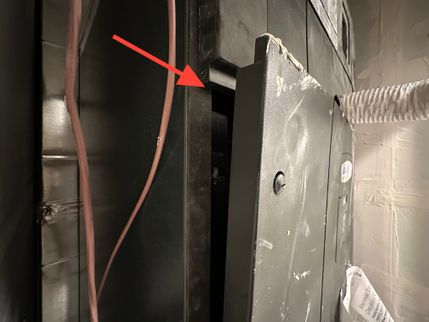
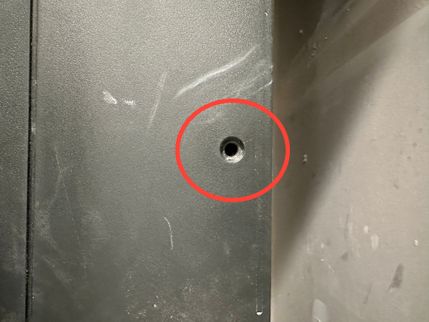
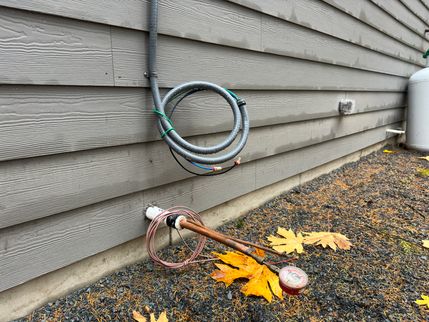
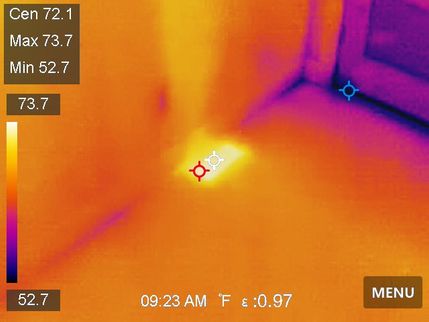


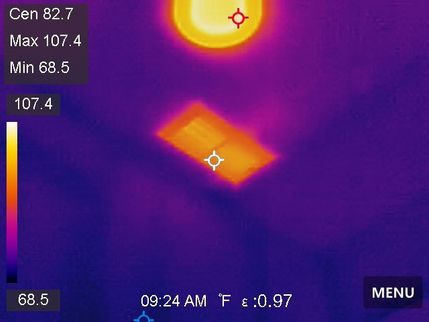
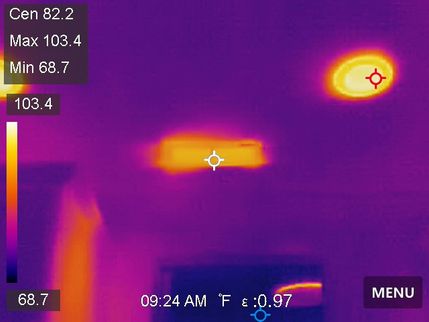
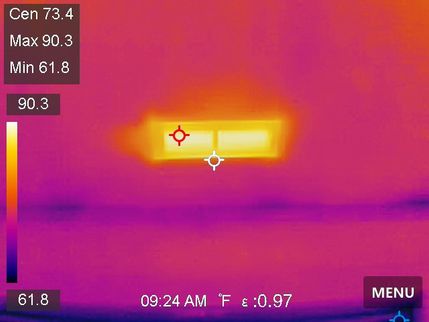
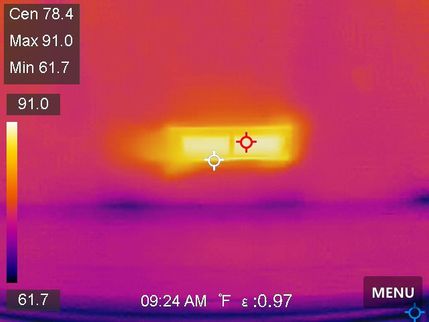
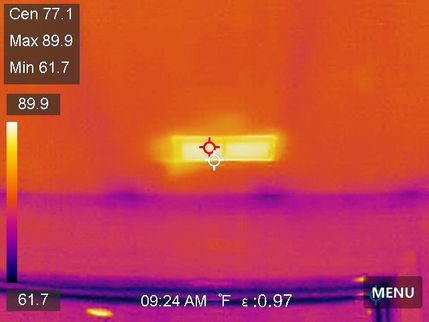
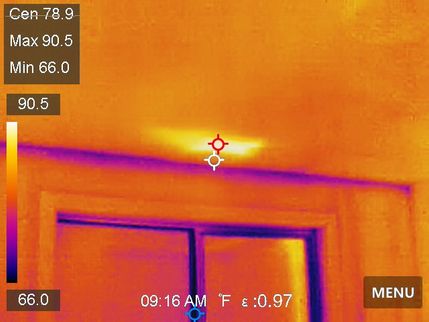
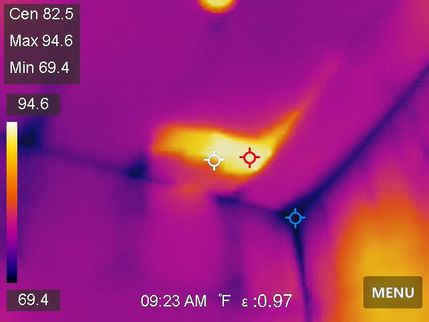
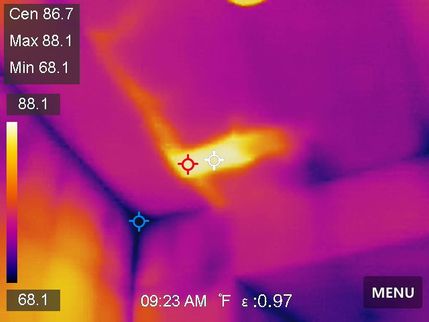
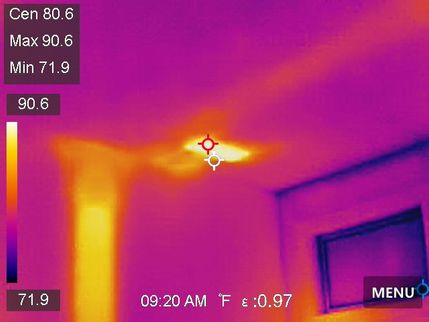
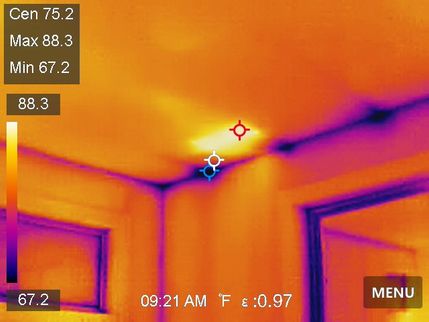
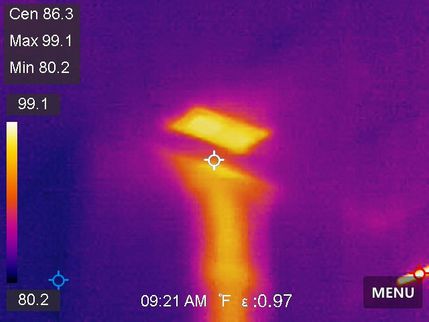
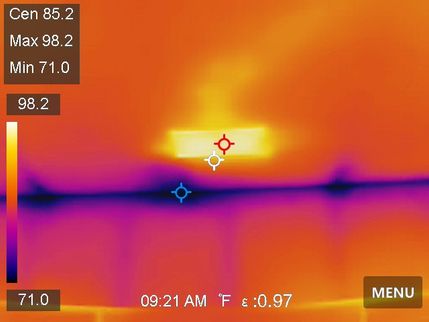

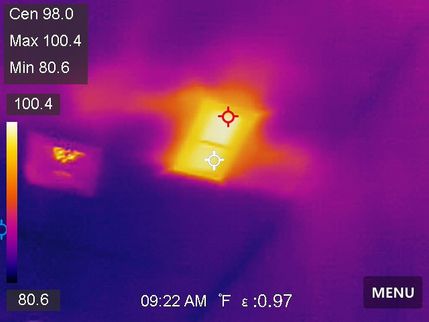
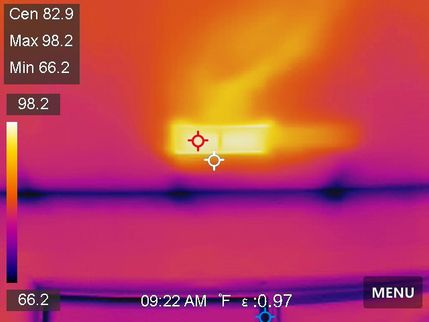
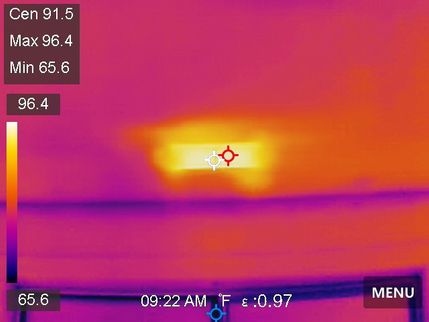
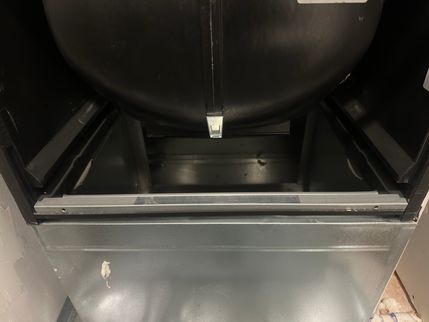
.png)
